|
Maintaining the ideal water parameters is the key to success when it comes to keeping a thriving reef tank. The delicate balance of the aquatic environment within your tank directly affects the health and growth of your corals and marine life. Let's dive into the essential water parameters you need to monitor for a successful reef tank, listed loosely in order of importance: 1. Salinity: Salinity, or the concentration of dissolved salts in the water, should mimic the natural levels of seawater, typically around 35 parts per thousand (ppt). Use a refractometer or hydrometer to measure and adjust as needed. 2. Temperature: Stable temperature is crucial for reef inhabitants. Aim for a range of 75-79°F (24-27°C) to prevent stress and disease. 3. Alkalinity: Alkalinity measures the water's ability to buffer against pH changes. It should typically fall between 7-12 dKH (degrees of carbonate hardness) to support coral growth and stability. What ever number you pick, try to stay there. Corals depend on stability and don't do good with changes. 4. Calcium: Corals require calcium for skeletal growth. Maintain levels between 380-450 ppm (parts per million) for healthy coral development. 5. Magnesium: Magnesium levels should be around 1200-1400 ppm. It helps regulate calcium and alkalinity levels, preventing issues like precipitation. 6. Nitrates: Keep nitrate levels low, ideally below 5 ppm, as high nitrates can lead to algae outbreaks and negatively impact coral health. 7. Phosphates: Maintain low phosphate levels (ideally below 0.03 ppm) to prevent excessive algae growth and promote coral health. 8. Trace Elements: Trace elements like iodine, strontium, and iron are needed in trace amounts. Use high-quality reef supplements to replenish these elements as they are consumed by your tank's inhabitants.
Monitoring these essential water parameters and performing routine water changes will create a stable and healthy environment for your corals and marine life. Consistency and stability are key to enjoying a thriving and beautiful reef tank.
1 Comment
In the depths of the ocean, a delicate tapestry of life thrives—coral reefs, where each organism contributes to the symphony of balance and coexistence. Translating this intricate dance into our home aquariums becomes both a rewarding pursuit and a homage to nature's wonders. Let's dive into the art of creating a balanced coral reef ecosystem, exploring the significance of incorporating corals, fish, invertebrates, and live rock. Together, we'll uncover the complex interactions that sustain life and contribute to the overall health of this microcosm. The Power of Diversity: Coral CommunitiesBegin your journey by appreciating the role of diversity in coral communities. To mimic nature's complexity, select coral species with varying growth habits, colors, and care needs. Research each species to understand their lighting, flow, and spacing preferences. This diversity forms a vibrant canvas where corals thrive. We list many of the care requirements for each coral on the product listing pages. Browse our corals to learn more about what corals need to survive in your home aquarium. Fish: Guardians and NavigatorsFish serve as both guardians and navigators within our ecosystem. Aim for biodiversity in your fish selection—create a harmonious mix fulfilling roles like algae grazers and predators. Cleaner fish are fascinating additions that establish cleaning stations for others, highlighting symbiotic relationships. Herbivorous fish help maintain equilibrium by controlling algae growth. Each fish contributes to the ecosystem's balance. Some fish are typically aggressive, some are shy and some even look at corals as a food source. Researching fish ahead of time can save you a lot of money, loss and stress in the long run. Invertebrates: Unsung HeroesInvertebrates play crucial roles in the reef's dynamics. Introduce detritivores like snails and shrimp to prevent waste accumulation. Consider tube worms, starfish and sponges as ecosystem architects, enhancing the complexity of live rock structures. These seemingly small players lay the foundation for a thriving ecosystem.
Live Rock: Foundation of BalanceLive Rock acts as a cornerstone, embodying biological filtration and offering a stage for numerous interactions. Opt for a diverse array of rock shapes and sizes to create hideaways and crevices.
Harmony in Nutrient CyclingNutrient cycling takes center stage, powered by beneficial bacteria colonizing live rock surfaces. Fish waste nourishes corals and algae, fostering a symbiotic cycle that sustains the ecosystem. Regularly monitor nutrient levels and perform water changes to maintain the rhythm. Biodiversity and ResilienceBiodiversity is the key to resilience. A diverse ensemble equips the ecosystem to adapt and recover from challenges. Introduce species thoughtfully, fostering an array of interactions that mirror natural systems. A great way to get instant biodiversity is to grab some sand or a piece of rock from a fellow reefkeeper's aquarium. Adding live rock and corals from different sources can also boost diversity, making your reef ecosystem more resilient. Responsible Care and MaintenancePrudent care is vital. Research species compatibility, test water quality parameters, and provide suitable nutrition. Strategic aquascaping creates zones conducive to each species' needs. As a conscientious caretaker, you maintain the delicate equilibrium. Doing partial water changes at a regularly timed interval can do wonders for keeping your reef aquarium clean and chemically stable. Testing levels often can make all the difference. Maintaining proper alkalinity, salinity and temperature are so very important in achieving long-term success. A Living Masterpiece: Your Coral Reef Ecosystem
Starting a reef aquarium can be an exciting and rewarding journey into the mesmerizing world of underwater beauty. However, for beginners, the question of what equipment is needed can be quite daunting. To help you get started on the right foot, let's break down the essential equipment required for your reef aquarium. 1. Tank: Selecting the right tank is the first step. Opt for a tank size that suits your space and budget, keeping in mind that larger tanks offer more stability and room for coral growth. Reef tanks are typically made of glass or acrylic, with rimless options for a sleek look. We prefer "reef ready" tanks with an overflow built in to make it easy to add a sump below the display tank. Then you can hide your filtration down below in the cabinet. 2. Filtration System: Effective filtration is crucial for maintaining water quality. Most reef tanks use a combination of mechanical, chemical, and biological filtration. A quality protein skimmer helps remove organic waste, while live rock and sand serve as biological filters. We have ReefOctopus skimmers on our systems. Most reefers do not use canister filters anymore. They can get clogged easily and cause problems. Instead many reefers are using "filter socks" to catch detritus as it flows into the sump. 3. Lighting: Proper lighting is essential for the growth and coloration of corals. LED lights have become popular due to their energy efficiency and programmability. Generally "Blue" versions of lights are for coral reef aquariums and "white" spectrum lights are for fish only tanks. Corals are photosynthetic and need brighter lighting than fish only aquariums. You can use wattage as a guideline and aim for around 90+ watts per LED light for a small tanks 10-75 gallons and 180 watt LED lights for 75+ sized aquariums. We use Ecotech Radion Blue lights for our grow out tanks. 4. Heating and Cooling: Maintaining stable temperature is vital. A heater will keep your tank warm, while a chiller may be necessary to prevent overheating in hot climates. Invest in a reliable thermometer to ensure temperature stability. Titanium heaters are available that offer better protection against breakage over glass heaters. 5. Water Circulation: To mimic natural reef conditions, strong water circulation is needed. Powerheads and wave-makers help create turbulent water flow, ensuring that corals receive nutrients and oxygen. Sicce is a great and reliable brand for pumps. 6. Test Kits: Regular monitoring of water parameters is essential. Invest in test kits for alkalinity, calcium, magnesium and nitrate to start off. This helps you make informed adjustments to maintain water quality. We prefer Salifert test kits or Hanna. If you were to get one kit make it an alkalinity test kit. 7. Refractometer or Hydrometer: These tools measure salinity to ensure the proper saltwater concentration for your reef inhabitants. Keeping your water's salt level stable is the most basic step. We recommend using a refractometer. They are affordable and super easy to use. Put a few drops on the glass, hold it up to a light source and the salinity level will be displayed instantly. 8. Substrate and Live Rock: Choose a suitable substrate (sand or crushed coral) and/or live rock for a natural look and biological filtration. You can save money by buying dry reef rock and "seeding" it with live reef rock and/or sand from an established reef tank. 9. Protein Skimmer: This equipment helps remove dissolved organic compounds from the water, improving overall water quality. Reef Octopus skimmers with an overflow sensor float switch are amazing ...but really any skimmer will get the job done. 10. Sump and Overflow System (Optional): Larger tanks often benefit from a sump system, which increases water volume, houses equipment, and aids in water filtration. With a sump system you can add evaporation water to the sump and keep your display tank completely full all the time. It's really the way to go! Starting a reef aquarium requires careful planning and investment in the right equipment. Remember that quality and reliability are key, as your equipment will directly impact the health and success of your coral and fish. Take your time researching and selecting the best equipment for your specific needs to ensure a thriving and beautiful reef aquarium. When you are ready for corals we offer a Beginner's Coral Pack to get you started with corals that are great for new reef aquarists. Buy corals that are more hardy until you get the swing of things!
The Dance of Light: Spectrum and IntensityLight Spectrum: Corals contain pigments called chromoproteins that absorb and reflect light at specific wavelengths. Different pigments are responsible for various colors, from warm reds to cool blues. Selecting the right lighting spectrum ensures optimal color expression. What is the Best Light Spectrum for Corals? Selecting the ideal light spectrum for your corals can significantly influence their coloration and overall health. While preferences vary depending on the coral species and your tank setup, the following guidelines can help:
Water Quality: The Crucial FoundationTemperature: Fluctuations outside a coral's preferred temperature range can lead to stress and altered coloration. Maintain stable water temperatures to promote health and color vibrancy. pH and Alkalinity: Proper pH and alkalinity levels are essential for coral calcification and growth. Acidic conditions can negatively impact coloration and overall health. Changing Alkalinity levels too quickly can cause harm to corals or cause them to "brown out" for a significant amount of time until they adjust to the new levels. Salinity: Sudden changes in salinity can stress corals, affecting their coloration. Regular monitoring and adjustments are vital. Trace Elements: Trace elements, such as iron, magnesium, and strontium, play a role in pigmentation and coloration. Ensure these elements are present in appropriate amounts. Nutrient Levels: The BalancePhotosynthesis: Many corals derive energy from photosynthesis by hosting symbiotic algae called zooxanthellae. Proper lighting ensures efficient photosynthesis, providing essential nutrients for growth and color. Supplemental Feeding: Some corals benefit from supplemental feeding. Offer appropriate foods like phytoplankton, zooplankton, or coral-specific supplements to support coloration and health. Nitrate and Phosphate: Elevated nitrate and phosphate levels can lead to excessive algae growth, shading corals and dulling their colors. Also, having zero Nitrates and Phosphates can cause corals to become pale and loose their color. We shoot for 1-10ppm Nitrates and 0.01-0.03ppm Phosphates in our systems, although reefers have had great success with other nutrient levels. If you are having trouble keeping your Nitrates or Phosphates above zero you can simply feed your fish or corals more often. There are also products available to raise levels such as Sodium Nitrate pellets and Brightwell's NeoPhos. While products exist to lower Nitrates and Phosphates, we recommend simply feeding less, lowering bio-load, adding more live rock or doing more frequent water changes to lower levels if needed. Acclimatization and Stress MitigationAcclimatization: When introducing new corals to your tank, acclimate them gradually to avoid shocking them with sudden changes in lighting, water parameters, and flow. Stress Mitigation: Stressed corals often display faded coloration. Minimize stress by maintaining consistent tank conditions and avoiding sudden changes. In conclusion, the captivating hues of corals are a testament to their well-being and environment. By mastering the art of lighting, maintaining water quality, managing nutrient levels, providing proper nutrition, and minimizing stress, you can unlock the full spectrum of colors within your reef. A thriving coral ecosystem is not only a visual delight but also a sign of a healthy, balanced underwater world where beauty and vitality coexist in perfect harmony. Start off with the brightest corals and get on track to having a super vibrant reef! Buy Corals Online:
Coral propagation is not only an exciting aspect of reefkeeping but also a vital practice for conserving coral populations and supporting the health of marine ecosystems. In this comprehensive guide, we'll explore various coral propagation methods, including fragging, budding, and tissue culture. We'll provide step-by-step instructions along with essential safety precautions to ensure successful propagation while safeguarding the well-being of your corals.
Fragging: Propagating Coral Fragments
Method Overview: Fragging involves carefully breaking off a portion of a healthy coral colony to cultivate a new one.
Step-by-Step Fragging Process:
Budding: Encouraging Coral Growth from Existing Polyps
Method Overview: Budding involves allowing natural coral polyp division to create new colonies.
Step-by-Step Budding Process:
Tissue Culture: Growing Corals in Controlled Environments
Method Overview: Tissue culture involves cultivating coral fragments in a controlled environment outside of the main tank.
Step-by-Step Tissue Culture Process:
Safety Precautions:
Creating a captivating underwater landscape filled with vibrant corals is an art form that goes beyond arranging beautiful organisms—it's about understanding their needs and behaviors to establish a thriving and visually stunning marine ecosystem. In this guide, we'll delve into the intricate world of coral placement and aquascaping, exploring the factors that contribute to optimal growth, aesthetic appeal, and the well-being of your reef inhabitants.
Utilizing Different Heights
Varying the heights of your corals adds depth and dimension to your aquascape. Taller corals placed towards the back create a sense of distance, while shorter ones in the foreground add visual interest.
The Rule of ThirdsGrouping and Spacing
Group corals with similar needs together to ensure consistent lighting and water flow for each group. However, leave enough space between different coral types to prevent overcrowding and territorial conflicts.
Balance and Symmetry
Balance the distribution of corals across your tank to avoid visual clutter and ensure that each coral gets adequate access to light and flow. Aim for symmetry but also incorporate asymmetrical elements for an organic look.
Open Sand Spaces
Leaving areas of open sand within your aquascape offers visual breathing room and prevents corals from encroaching on one another. It also provides ample space for fish and invertebrates to move.
Trial and Observation
Aquascaping is an ongoing process. As your corals grow and adjust to their surroundings, some rearrangement might be necessary. Regularly observe the behavior and interactions of your corals to ensure they are thriving.
*Aquariums pictured above were photographed at the Electric City Aquarium and Reptile Den in Scranton PA.
1. Zoanthids (Zoas):
2. Mushroom Corals:
3. Green Star Polyps (GSP):
4. Trumpet Coral:
5. Pulsing Xenia:
6. Hammer Coral:
7. Kenya Tree Coral:
8. Button Polyps (Palythoa):
9. Toadstool Leather Coral:
10. Clove Polyps:
Exploring the Wonders of Sustainably Cultivated Reef AquariumsWhen embarking on the captivating journey of marine aquarium keeping, one of the most alluring and ecologically conscious choices you can make is to opt for aquacultured corals. These living jewels of the sea not only bring vibrant beauty to your underwater oasis but also contribute to the preservation of delicate marine ecosystems. In this beginner's guide, we'll delve into the fascinating world of aquacultured corals, understanding their benefits, care essentials, and the distinctions that set them apart from wild-caught specimens. Benefits of Choosing Aquacultured Corals:
Caring for Your Aquacultured Corals1. Tank Setup:
Aquacultured vs. Wild-Caught Corals1. Source:
In conclusion, embracing the world of aquacultured corals is a rewarding choice for both novice and experienced marine enthusiasts. By nurturing these ethereal organisms in your aquarium, you contribute to the well-being of our oceans while enjoying the mesmerizing beauty they offer. Remember to educate yourself about the specific needs of the coral species you intend to keep, and embark on this underwater adventure with curiosity, care, and a commitment to the protection of our marine ecosystems. Your choice today will make a positive impact on the reefs of tomorrow.
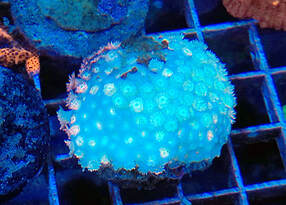 Pink Goni - Bleaching White Pink Goni - Bleaching White Coral bleaching is a phenomenon that occurs when coral polyps, the tiny animals that make up a coral reef, expel the algae that live inside their tissues. This can happen for a variety of reasons, but the most common cause out in the natural reef is a rise in water temperature. When the water gets too warm, the coral polyps become stressed and kick out the algae. Without the algae, the coral turns pale or white, what we refer to as "bleaching." In your home aquarium things are a bit different. We are tasked with more than just controlling the water temperature. We are responsible for supplying the corals with EVERYTHING they need to survive. In the ocean things naturally stay more stable as a new supply of water is flowing over the corals every day. In the home aquarium it is far harder to keep levels stable. Some corals are more forgiving of our mistakes than others and some corals have very strict demands. 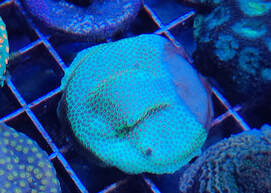 Porites Bleaching (+ sting damage) Porites Bleaching (+ sting damage) If your corals are bleaching the first thing you should do is think back on if you've made any changes or have added anything to the water within the last few days. Sometimes it takes a couple days for a coral health issue to progress to an extent that it is apparently visible. Here are some common causes of coral bleaching that we see in the aquarium hobby... Lighting - Most often corals bleach from the par of your lighting being too much for the coral to handle. If this occurs the coral will eject it's zooxanthella in an attempt to regulate it's bioactivity. For this reason many reefers start their corals down low and gradually expose them to higher par until they are happy in the final location chosen by the hobbyist. This process may need to be stretched out over the course of a few weeks. Nutrients (nitrates) also play a role in how much light a coral can handle. Typically corals can benefit from higher par only if there are nitrates present in the water. A coral that was doing just fine in high par can begin to bleach if your nitrate levels drop too low. Temperature - If you are the unlucky person who has discovered your aquarium heater has become stuck in the "on" position and your water is hot then you know how this can be devastating to your home reef aquarium. Depending on where you live, hot summer days can be enough to raise your tank's temperature to critical levels. We recommend a tank temperature of 75-78F and we set ours at 76F. Bleaching may occur somewhere around 85F and gets worse the higher you go. If you discover your tank is too hot we recommend you don't remove the corals unless the water is cloudy. Let the tank temp come down slowly on it's own and add sealed bags of ice to help if needed. It is important not to do anything too stressful and to make any changes as slow as possible. 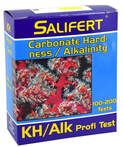 Alkalinity/PH Changing Alkalinity levels too quickly is a leading cause of coral bleaching or death. We recommend testing every batch of newly mixed salt water for Alk levels before doing a water change. Also if you are dosing for Alkalinity try to raise or lower it as slow as possible. We shoot for less than 1dKH per week if making adjustments. Also it is very important to never dose a water chemistry product if you can't or didn't test levels. There is no need for guesswork with all of the great affordable testing equipment that is available to us hobbyists. Alkalinity is a measure of the ability of the water to neutralize acids, and it is important for coral health because it helps to maintain a stable pH level in the water. Coral polyps, the tiny animals that make up a coral reef, need a specific range of pH to survive and grow. If the pH level in the water becomes too low or too high, the coral can become stressed, which can lead to bleaching or death. Alkalinity plays a key role in regulating the pH level in the water. If the alkalinity is too low, the water will be more susceptible to changes in pH, which can harm the coral. On the other hand, if the alkalinity is too high, the water will become more alkaline, and the coral will also be stressed. It is important to maintain the appropriate level of alkalinity to ensure that the pH level stays within the optimal range of 7-12 dKH for the coral and to limit changes to less than 0.2 dKH per day. Toxins and Contaminants There are other stresses on coral that can lead to bleaching. The "quick cures" sold online that promise fast results to combating common issues faced by aquarists can cause problems. Many of these can have adverse effects on coral health and should be used with caution or avoided altogether. If you are thinking of using a product to change something in your tank be sure to always follow directions and think of how it may effect other parameters. Toxins can also be added to your water from certain corals or pests. Nepthea coral is known to secrete a toxic compound into the water that can be harmful to other corals. Flatworms are also very toxic when they die. Sea cucumbers have also been known to release toxins if they were to die in your tank. Check for issues and if you find an animal that has died take care to remove as much of it as possible. Talk to Other Reefers There are a ton of great resources out there for finding and diagnosing problems with your coral health. Join your local reefing club or group online and chat with fellow reefers about your problem. You'll find that there are a lot of people willing to give you advice. It's a good idea to weigh the advice based on the persons professionalism and years of experience. Advice that is given by many seasoned reefers should be considered more reliable but may not always be the best option. Do your research and remember that nothing good happens quickly. Go slow and try not to make big changes and your reef will reward you with great colors and growth. Recovery If we have a coral that is bleaching then what do we do? First we inspect for "critters" or any nearby corals that might be stinging it. Then we clean, dip and move the coral to a lower par lighting area. If it's just one of your corals that is bleaching then moving it to a lower lighting area typically solves the problem. It may take weeks or months to regain it's color and dosing live zooxanthella may help the coral recover. If more corals are bleaching in different parts of your tank (that were otherwise doing fine previously) then we go right to checking nitrates. If they are reading zero then you can raise them with sodium nitrate or by feeding more often. Your corals may be starving and a little nutrition can make them happy. If you have any other ideas to be added to this list, please let us know in the comments! Giving the gift of coral is an idea that is sure to bring a big smile to your loved one's face. It's an idea that you can totally pull off! Here are some tips to help your gifting of live coral be a success. 1) Do spend what you can afford but remember that these animals are often coming from all over the world to your home aquarium and it can absolutely be pricy. Look up the shipping costs too and consider that when choosing your budget.
2) Don't Ever. Ever ever ever ...put the corals in someone else's tank without their knowledge or absolute trust. Corals should always be cleaned and inspected before being added to your reef. Adding a bad hitchhiker could lead to ...let's say unhappiness, and placement of corals is more complicated as well. You might want to let the recipient of the gift coral handle these choices. Trust us on this one. They will probably insist on adding the corals themselves. 3) Do: If you ordered corals for someone as a gift we highly recommend opening the box immediately upon arrival and inspecting the corals to see that they have all arrived alive. Keep the corals in their bags and look for cloudiness of the water or other signs of problems. Refer to the business on what their "dead on arrival" policies are and know their policy before the package arrives. 4) Don't: Leave corals outdoors, on a heater or in direct sunlight. Corals are sensitive to temperature and will do best as close to 74-80 degrees as possible. If they get too hot (above 84F?) the could die. If they get too cold (below 60F?) they could die. 5) Do: Before you order look at their reef tank and compare what is available online with photos of what your gift recipient already has. Try to order different types and colors that they don't have a lot of. If you find it hard to choose you could consider a gift card! Have other ideas to help with our list of Do's and Don'ts? Please comment below! |
Categories
All
AuthorBrian Hale has enjoyed 25+ years of dedicated involvement in the reefing community. His commitment to research and extensive hands-on experience makes him an invaluable source of expertise within the reefing hobby. |
Buy Corals Online: TheCoralFarm.com
Aquacultured Corals - Fast Nationwide Shipping USA
1-800-254-4253
Aquacultured Corals - Fast Nationwide Shipping USA
1-800-254-4253

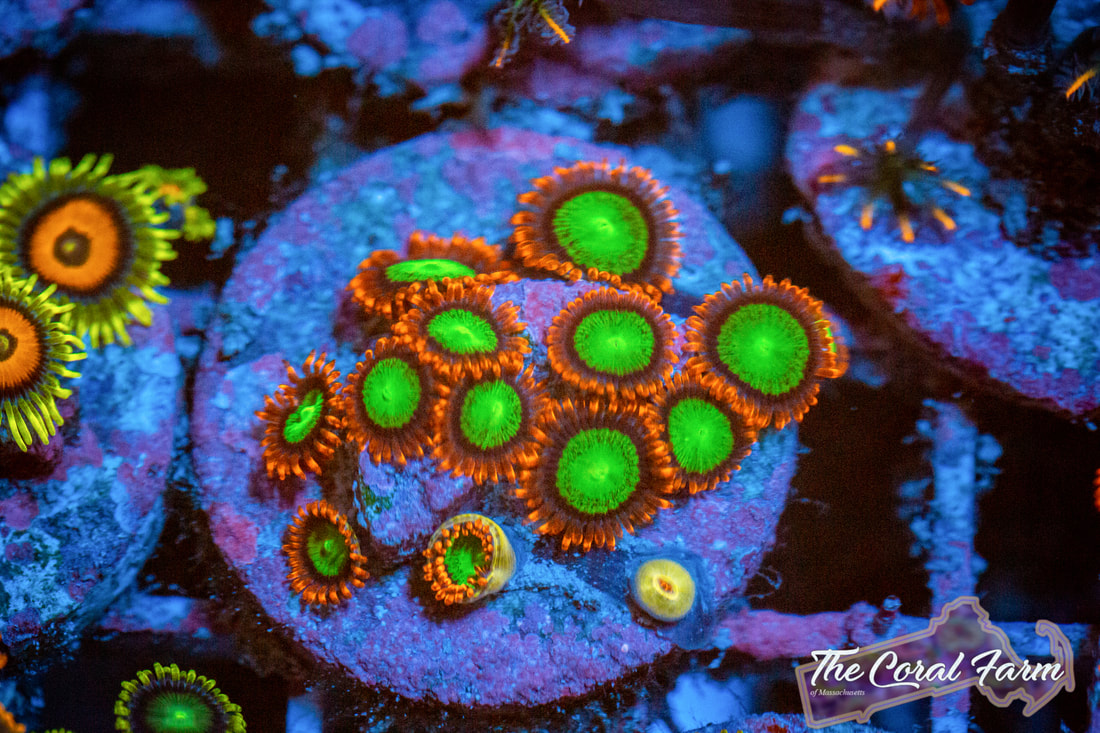
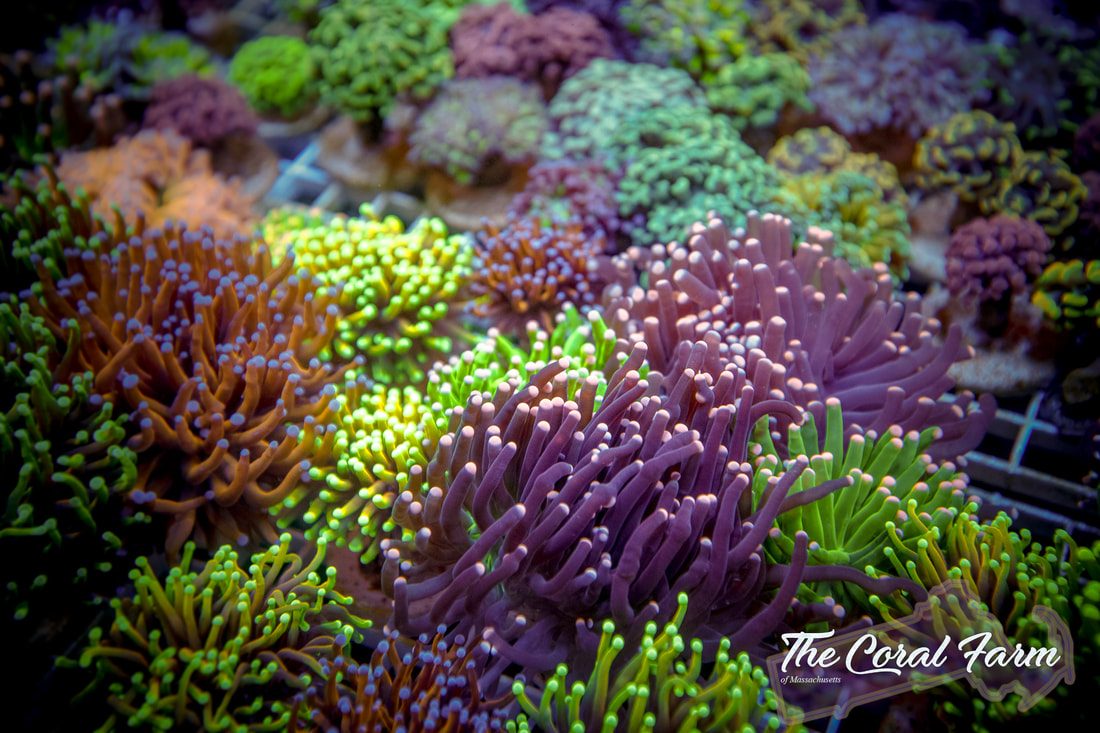
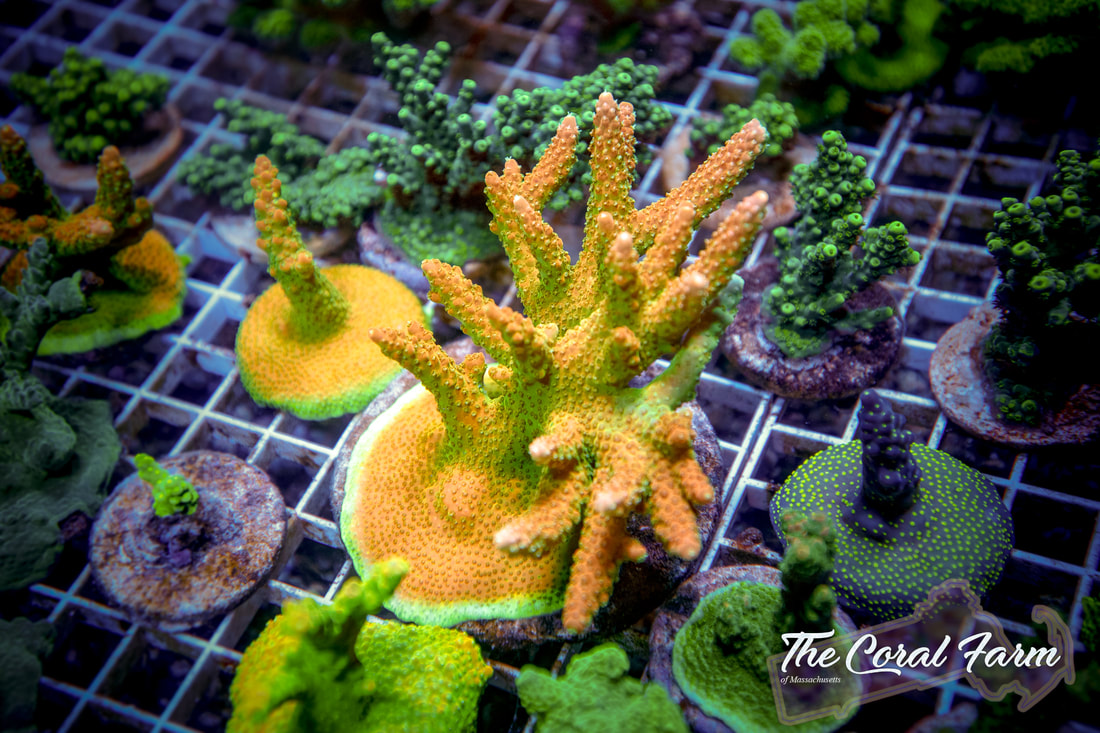


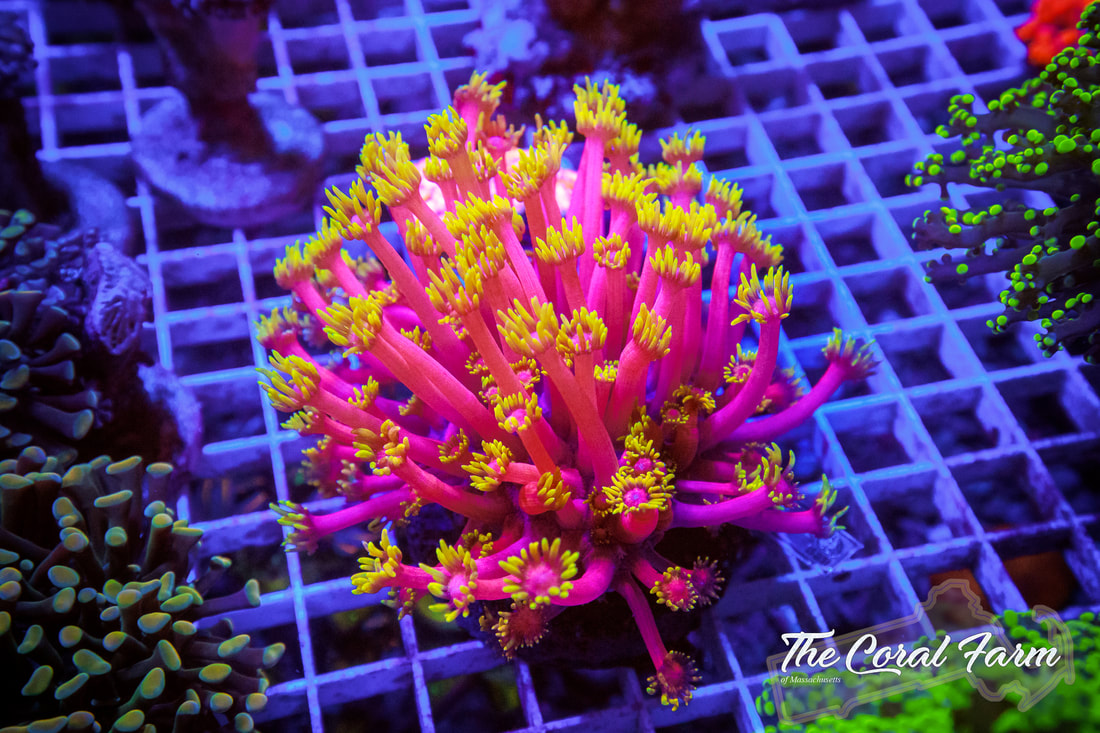
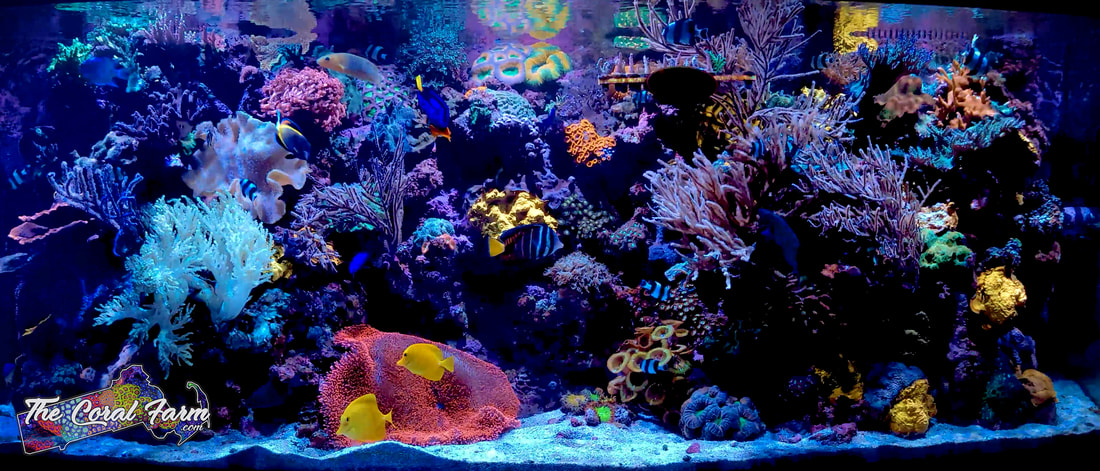
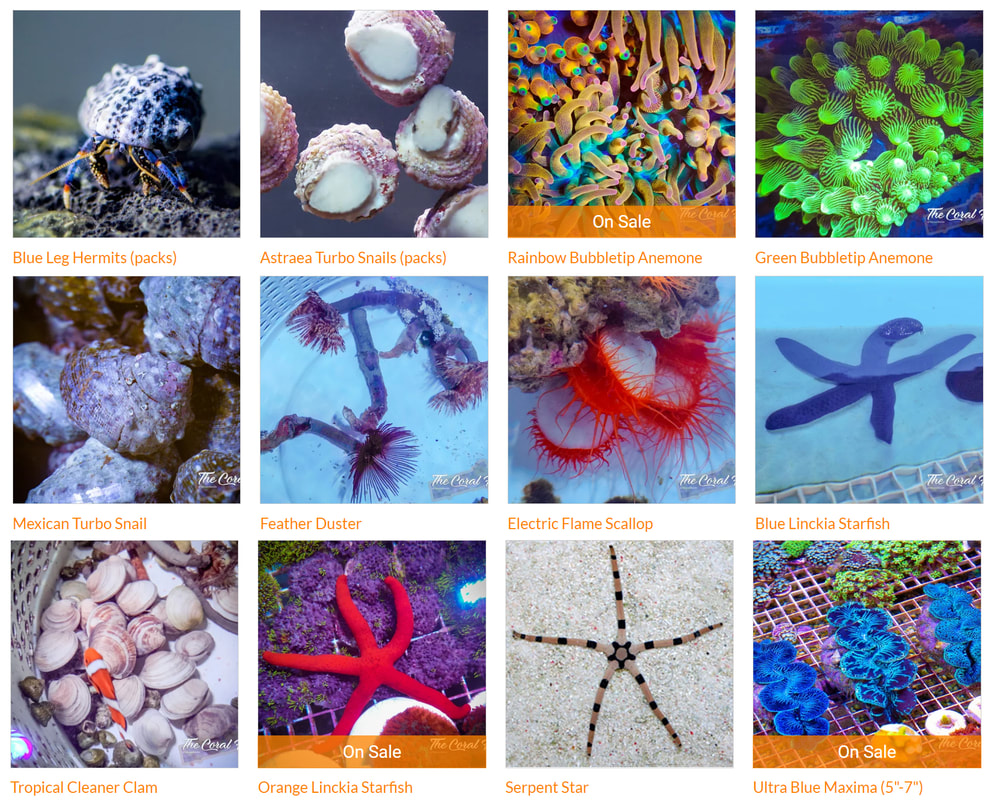
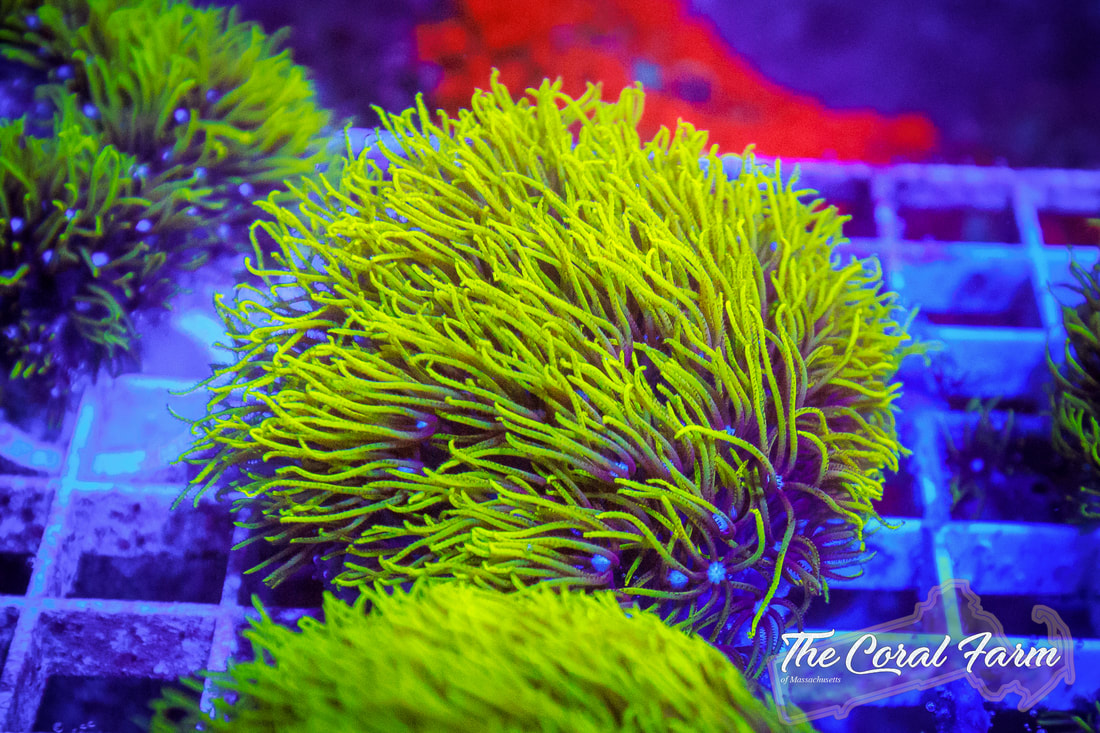
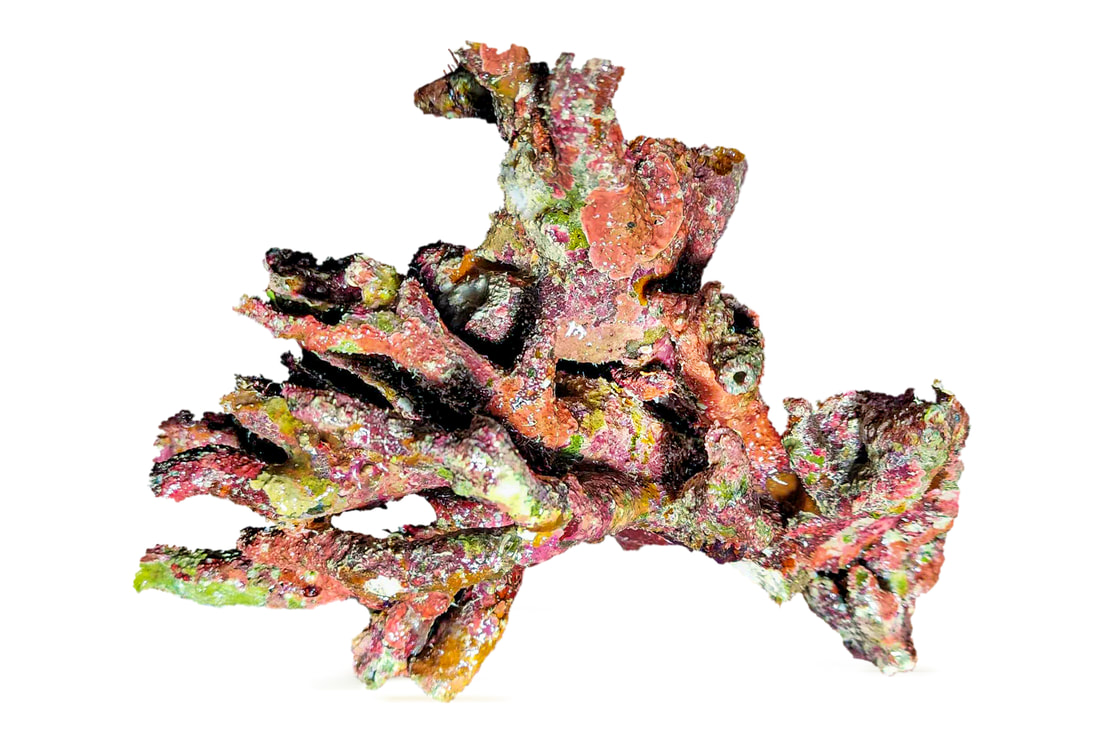

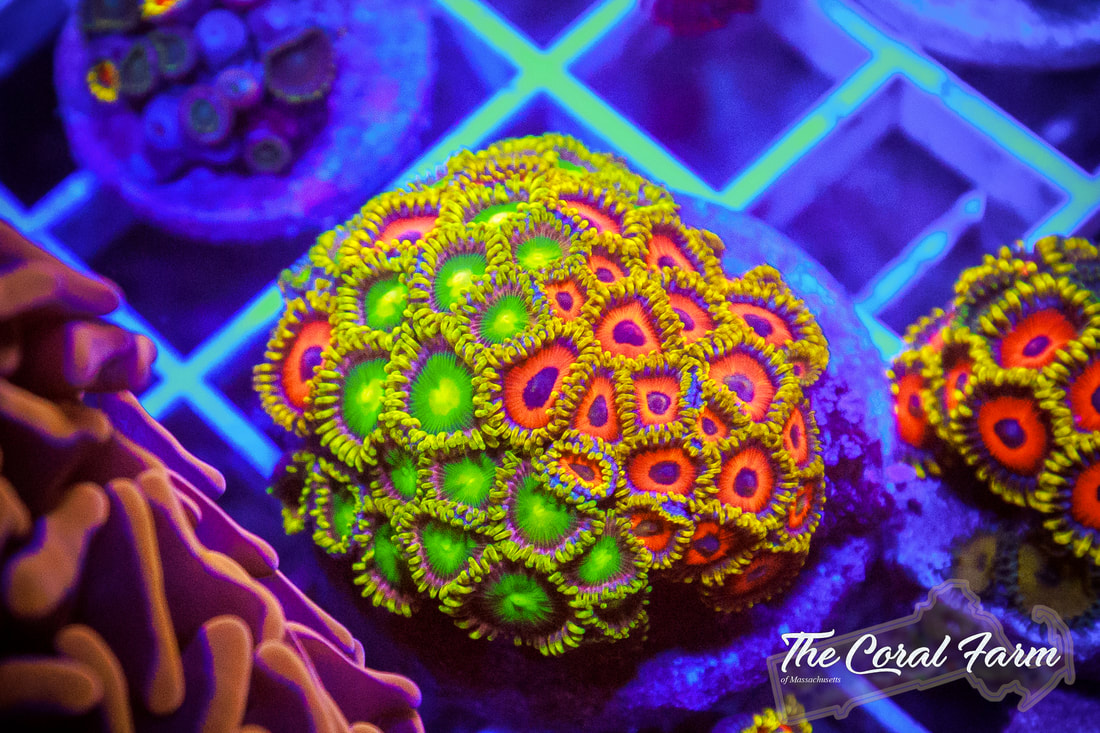
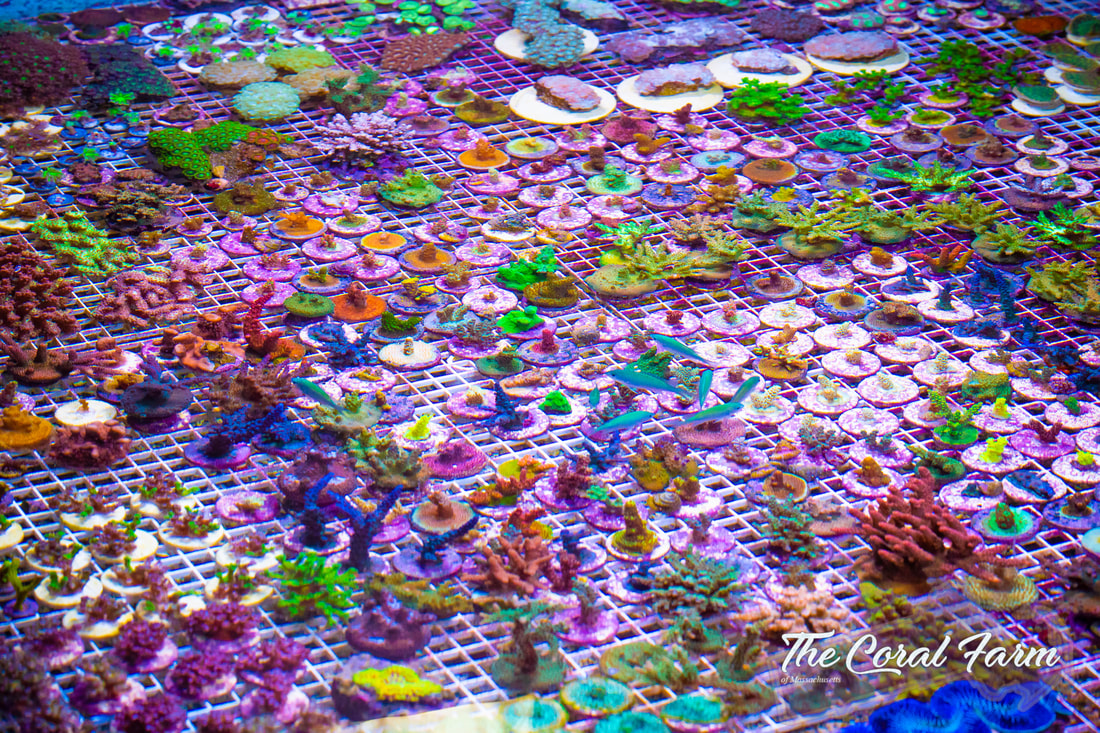
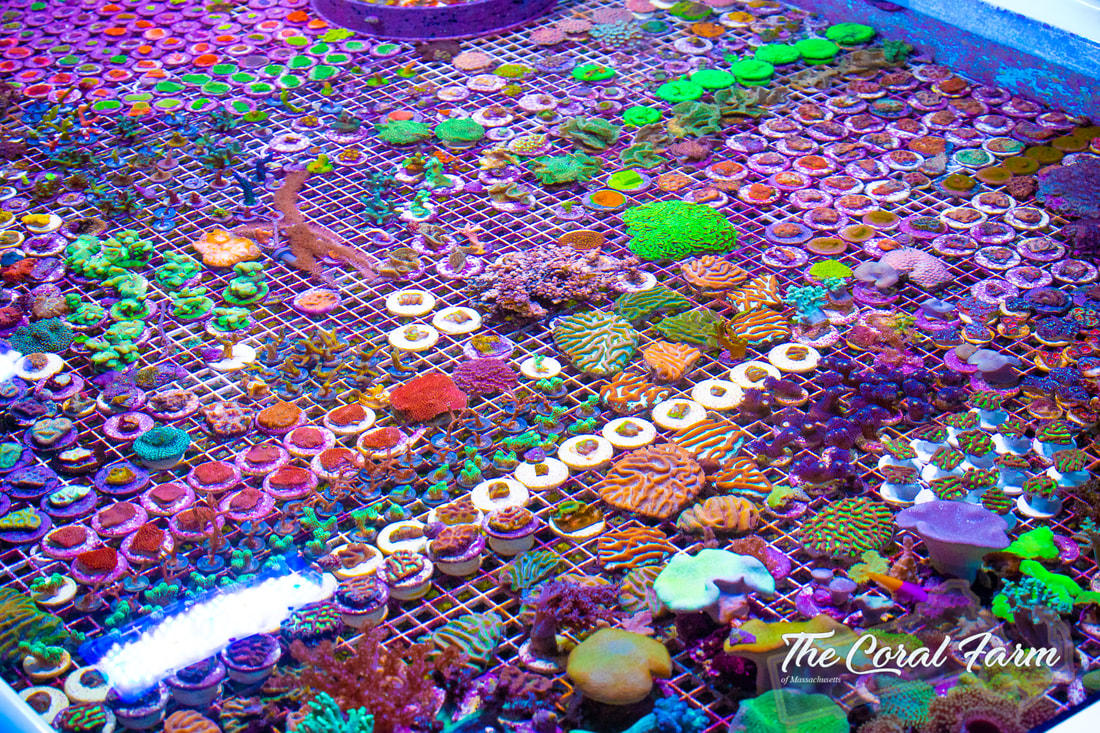
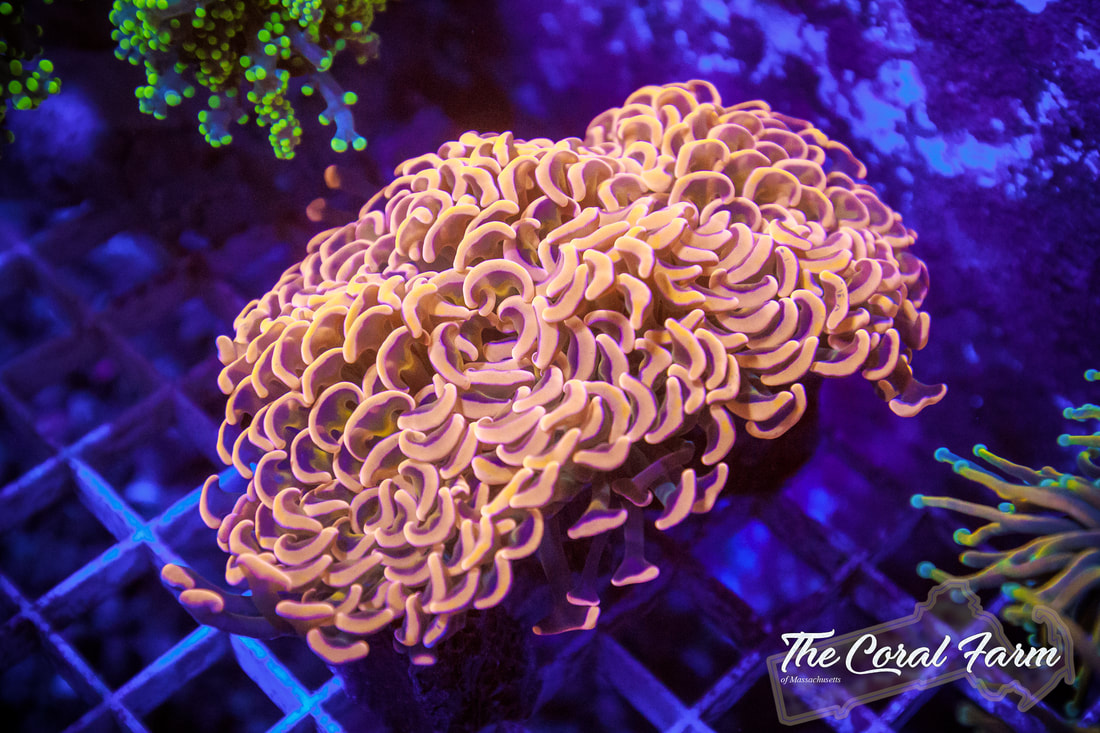

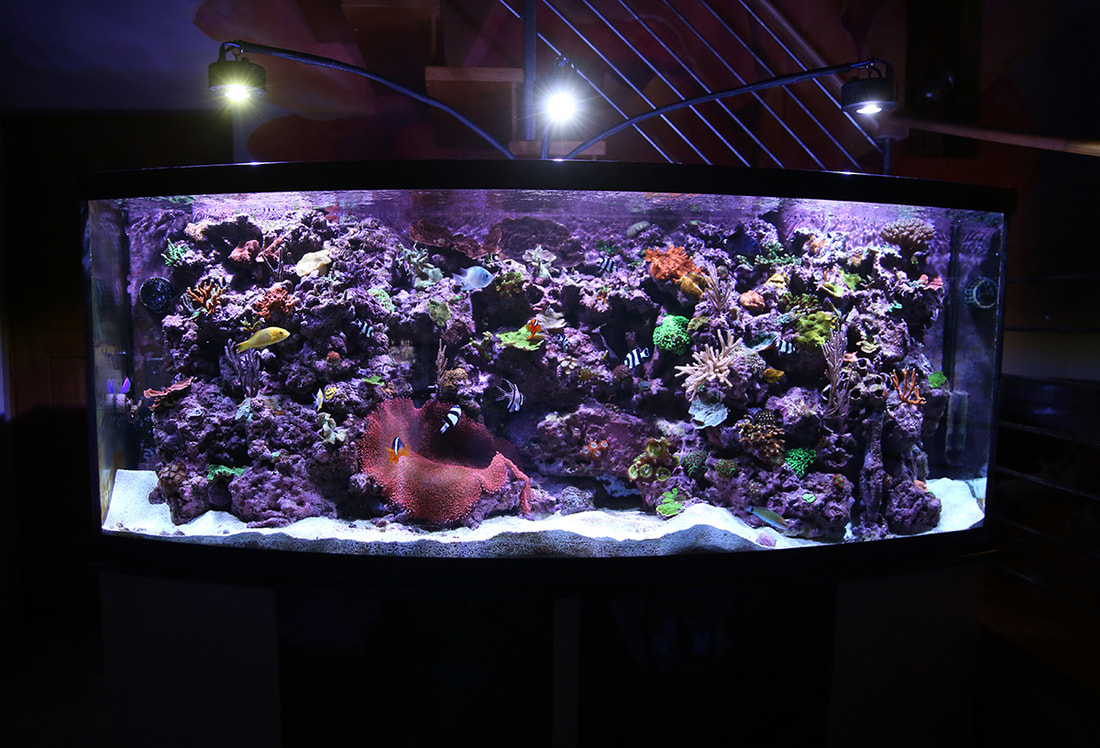
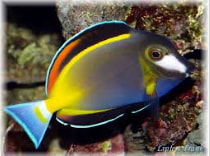
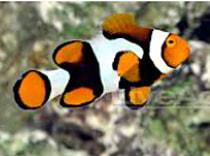
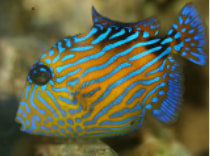

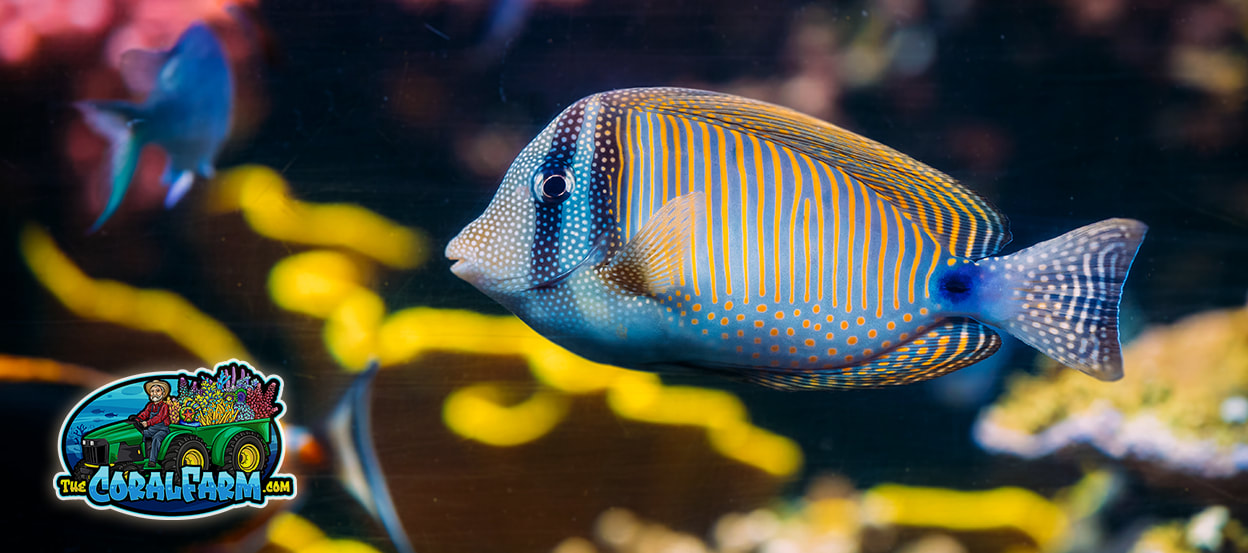



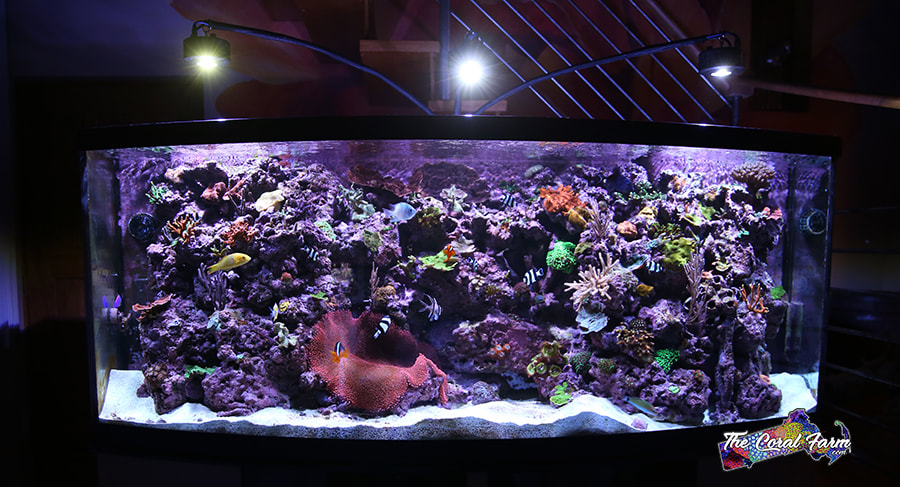
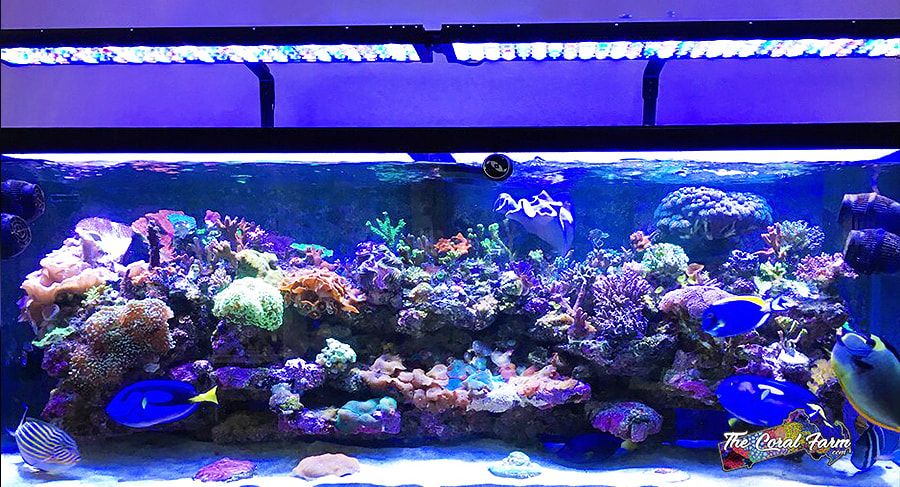

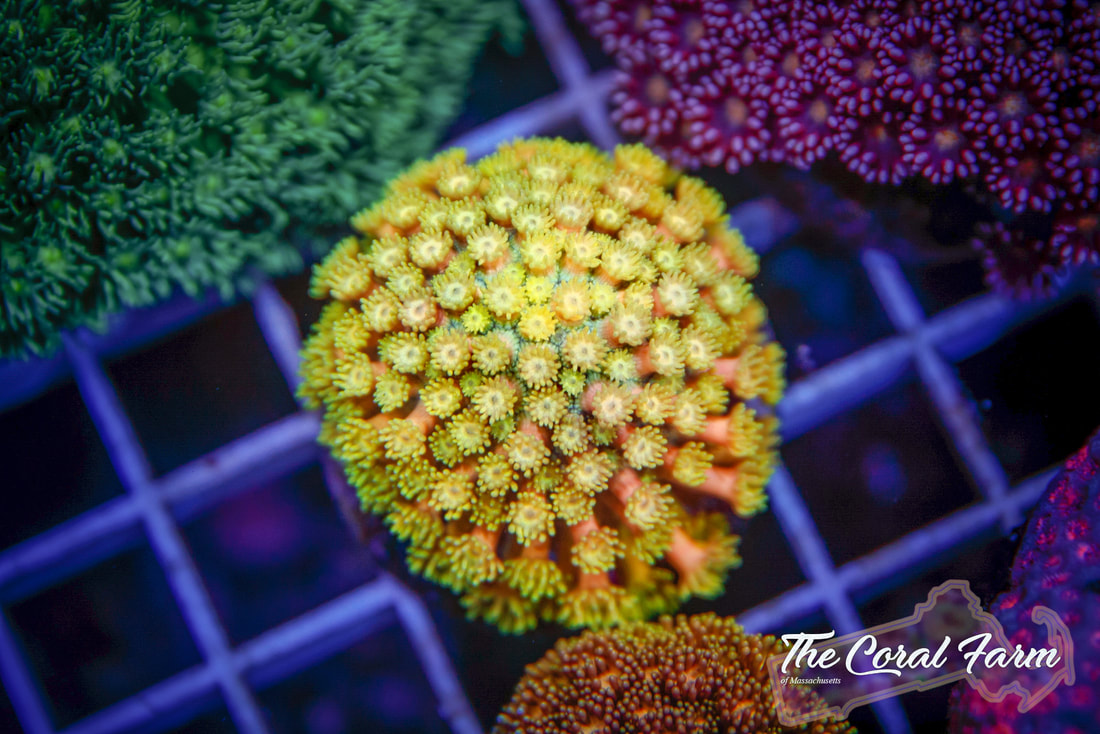
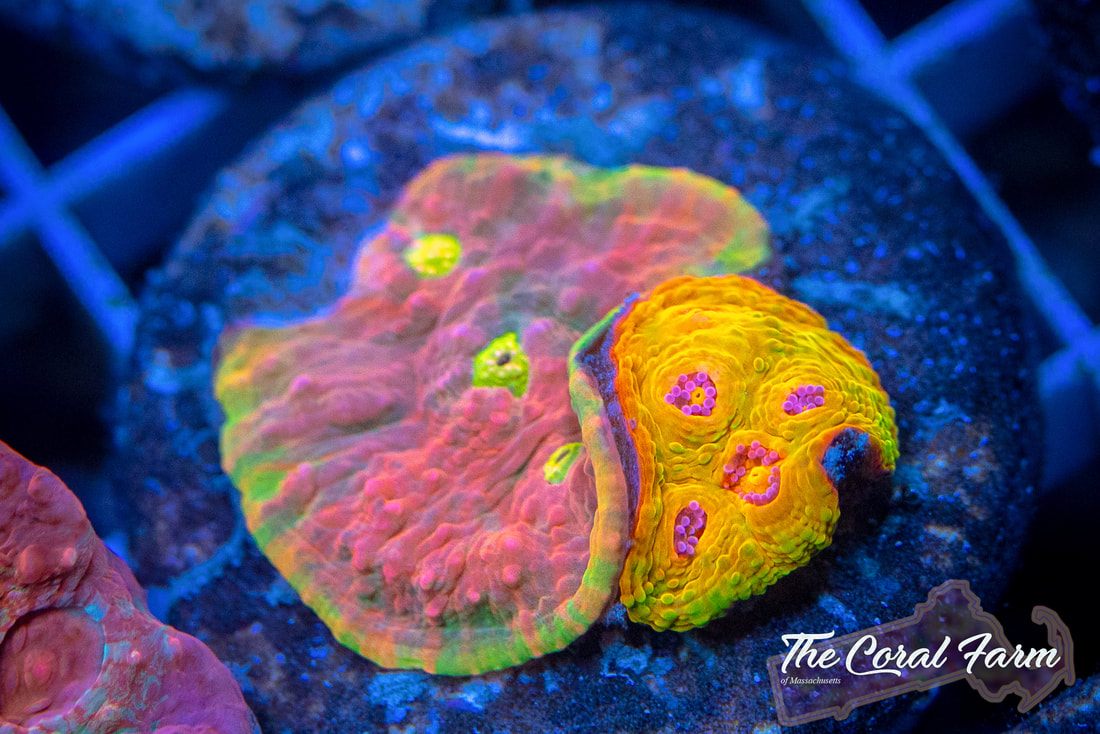
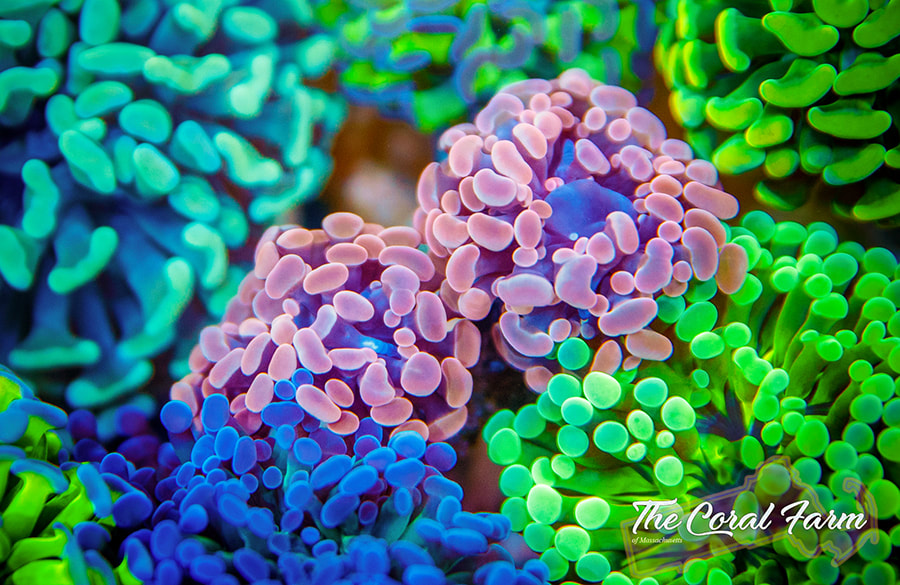
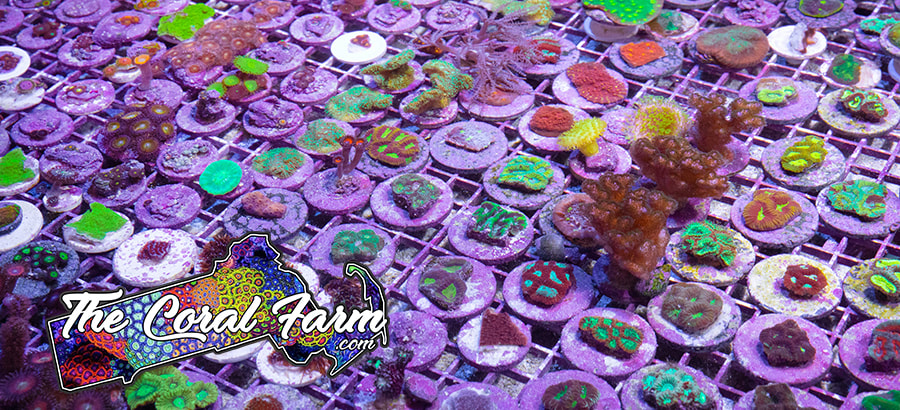

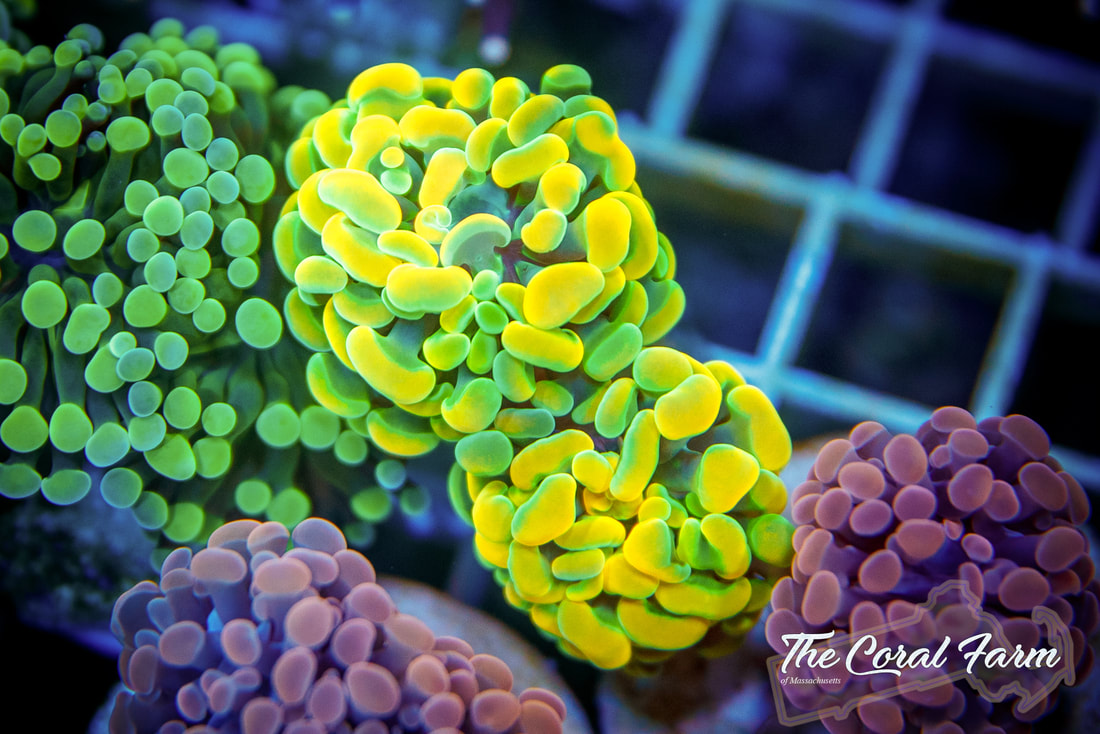
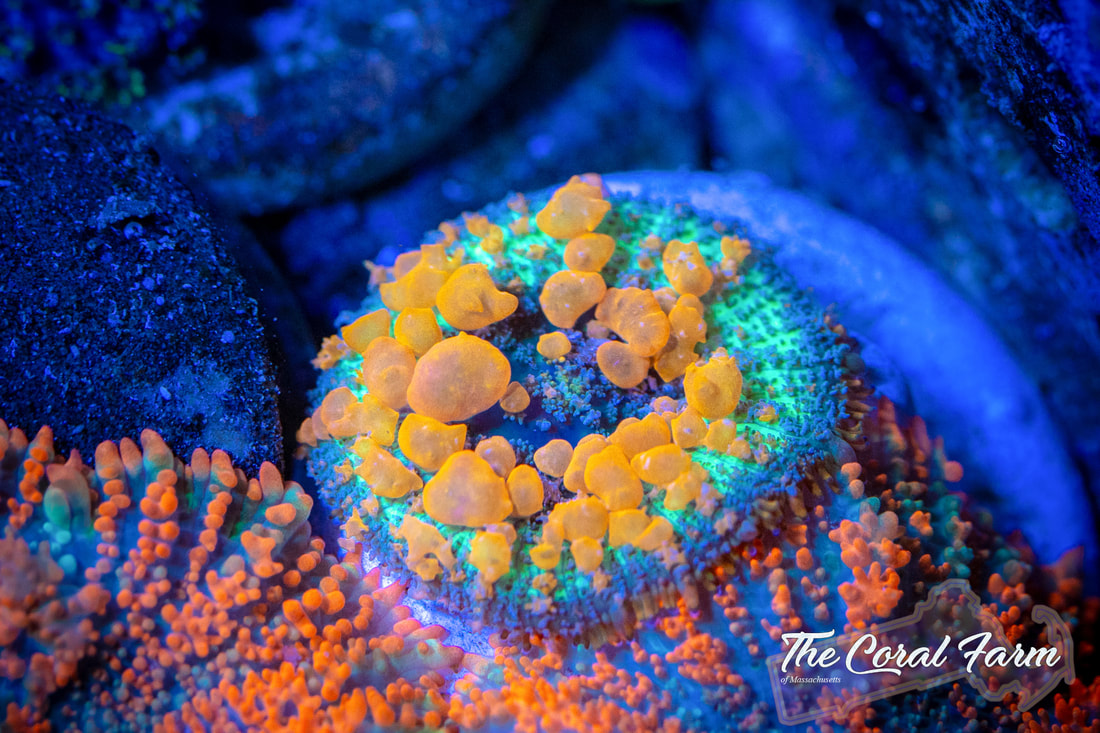

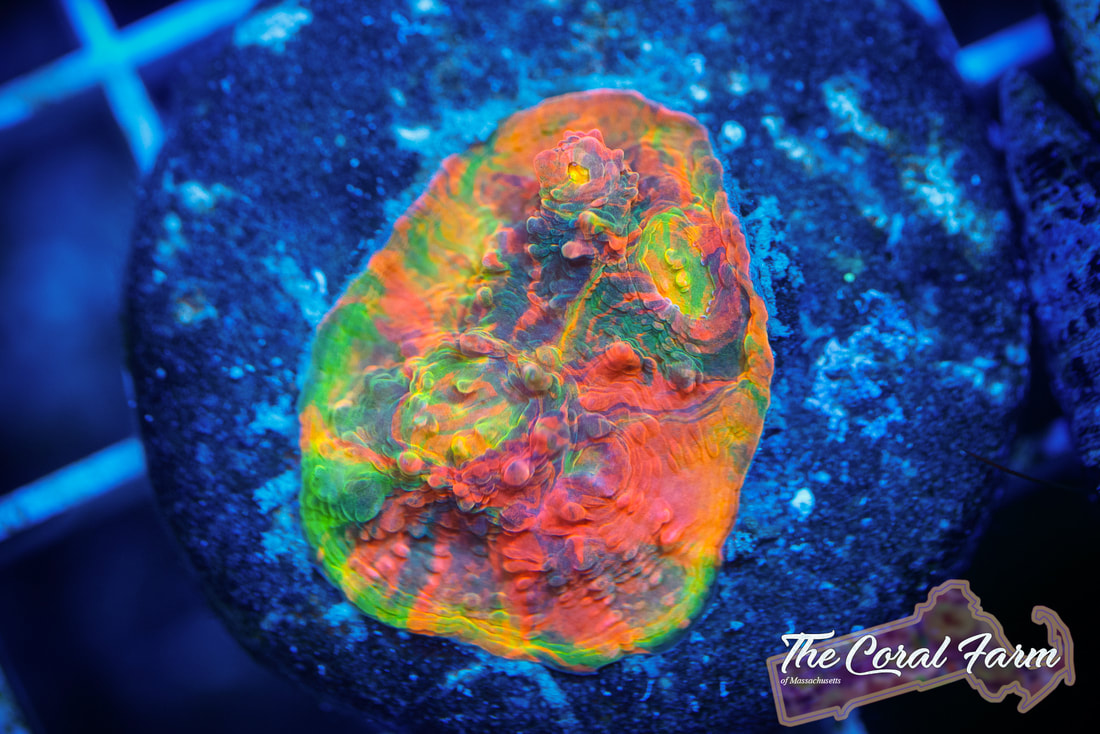
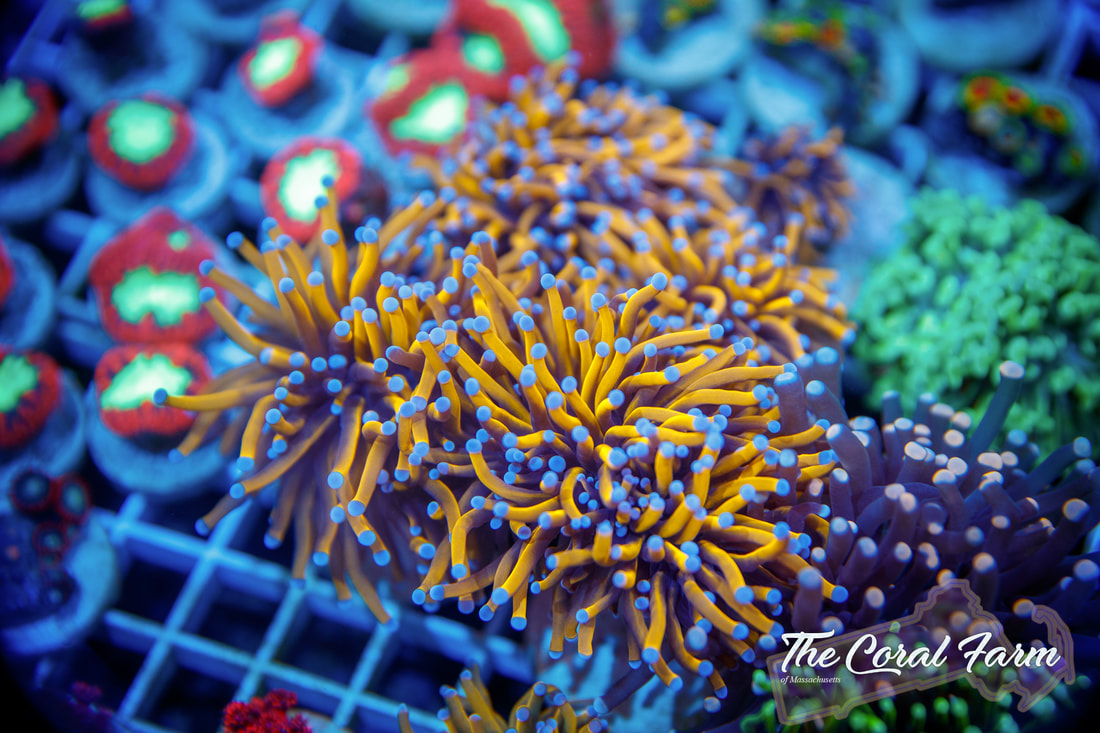
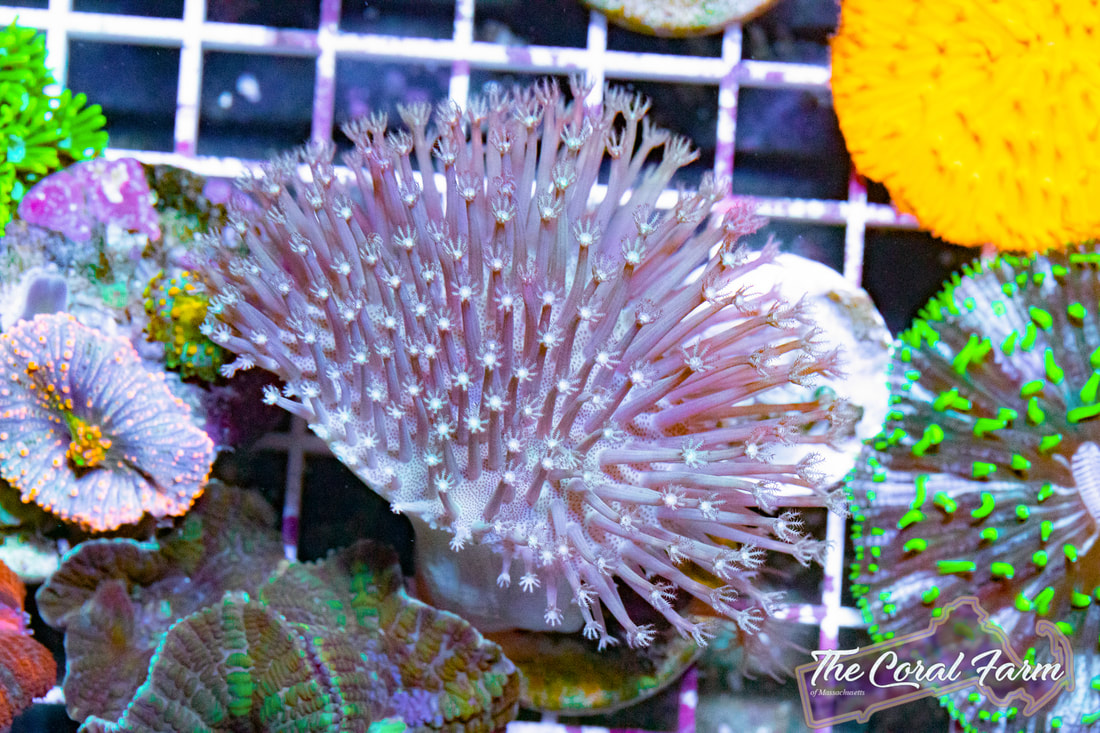
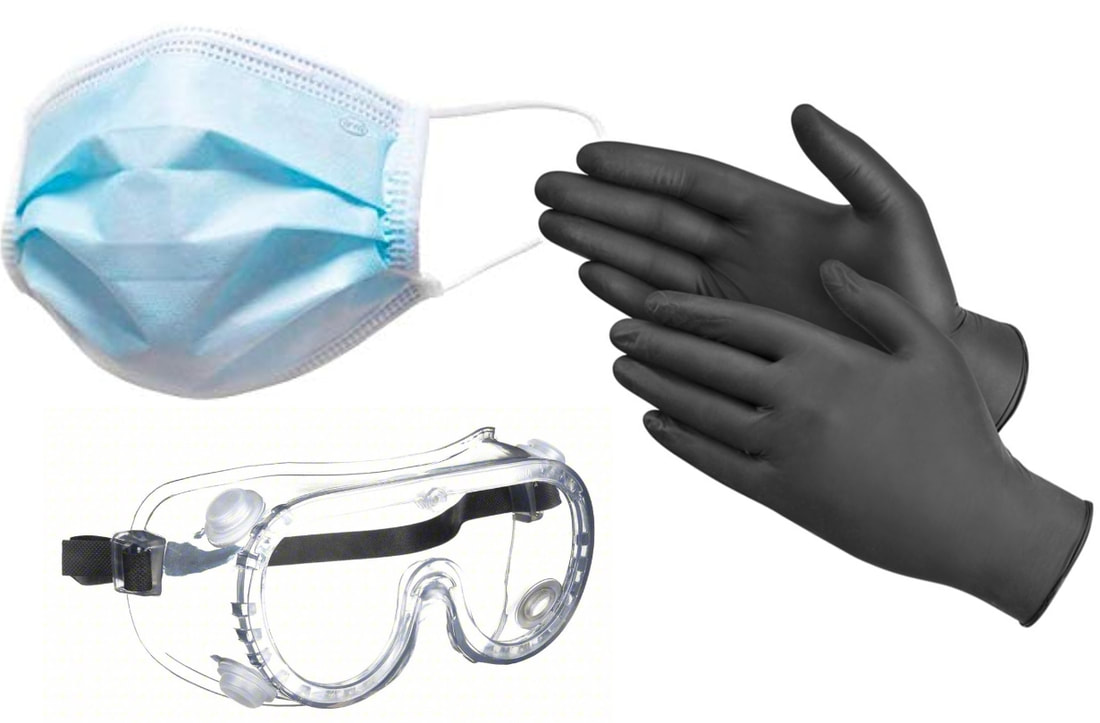


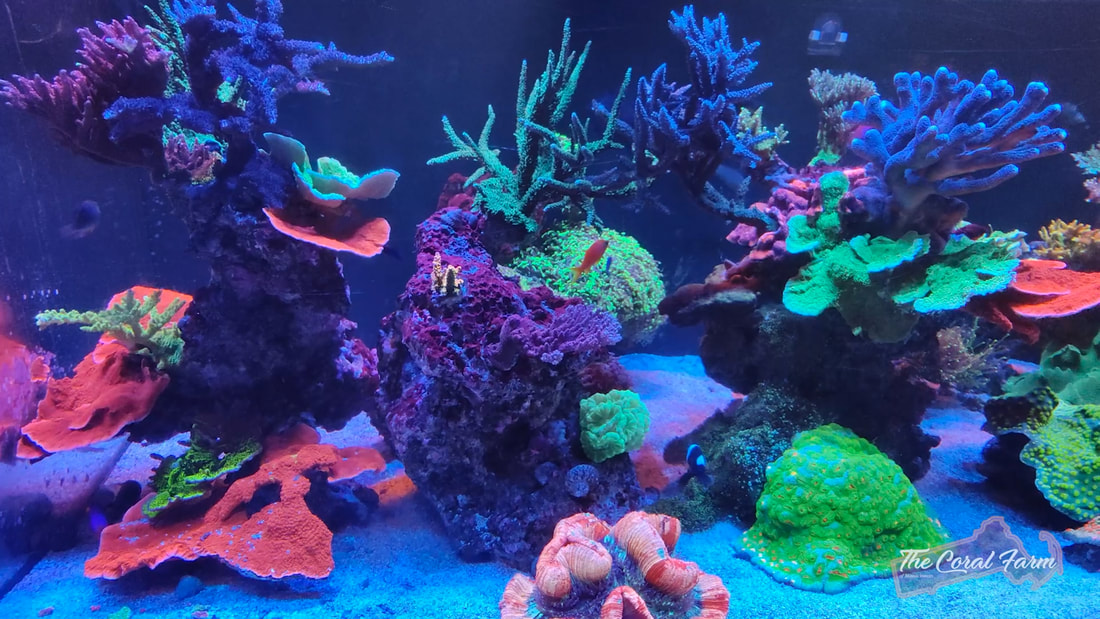
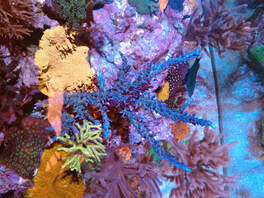
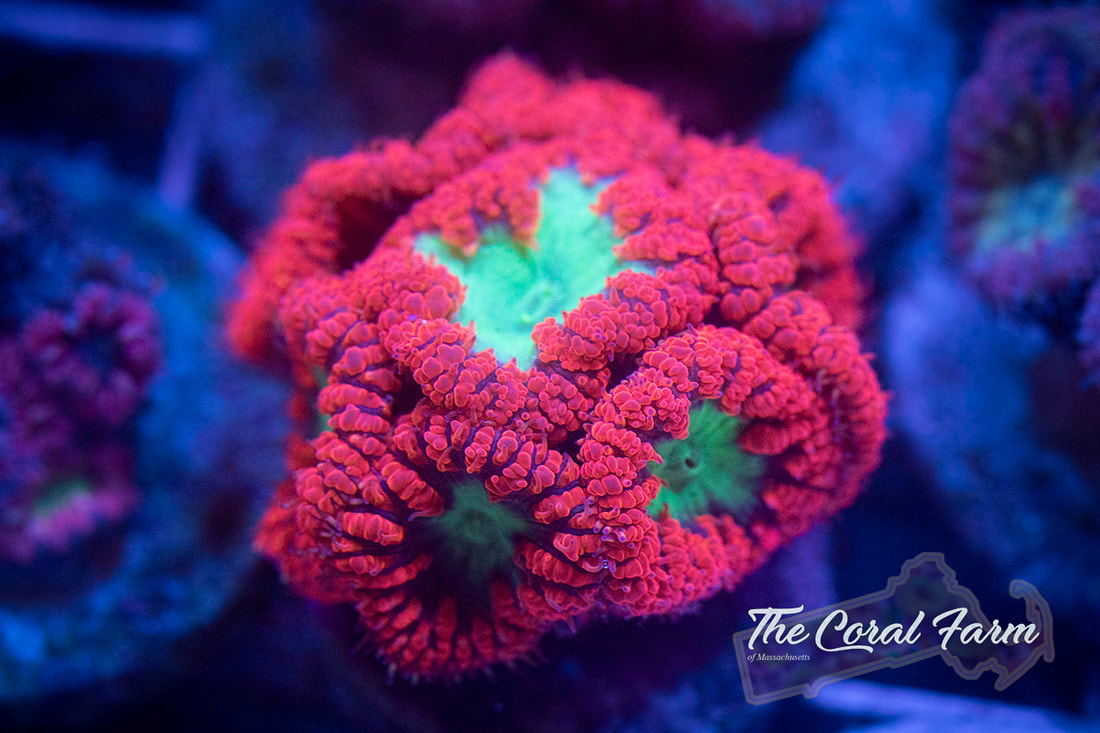

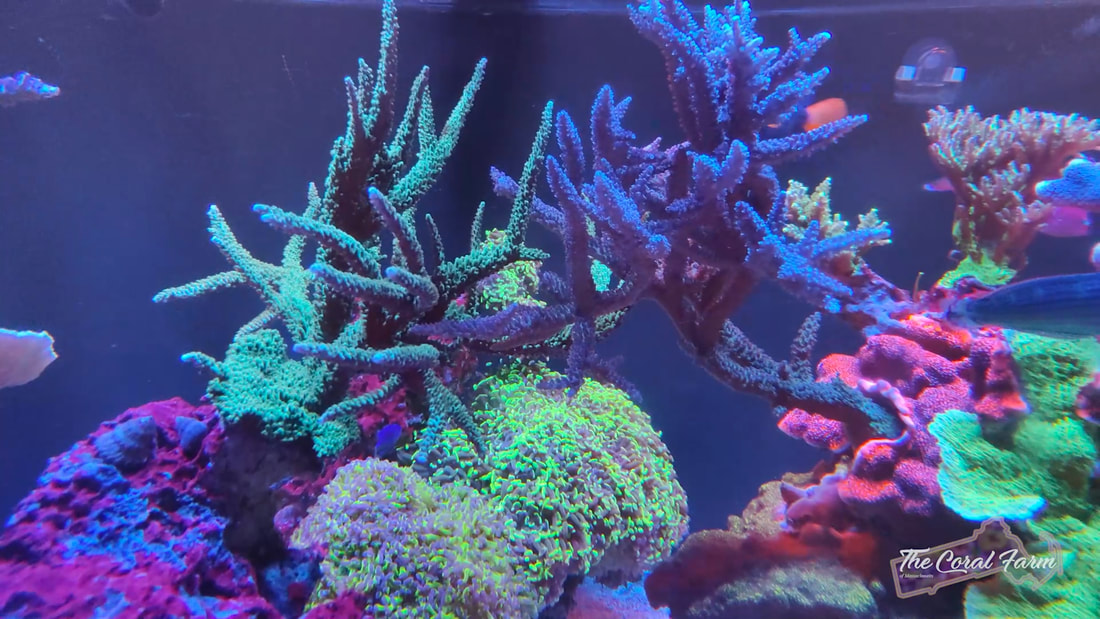
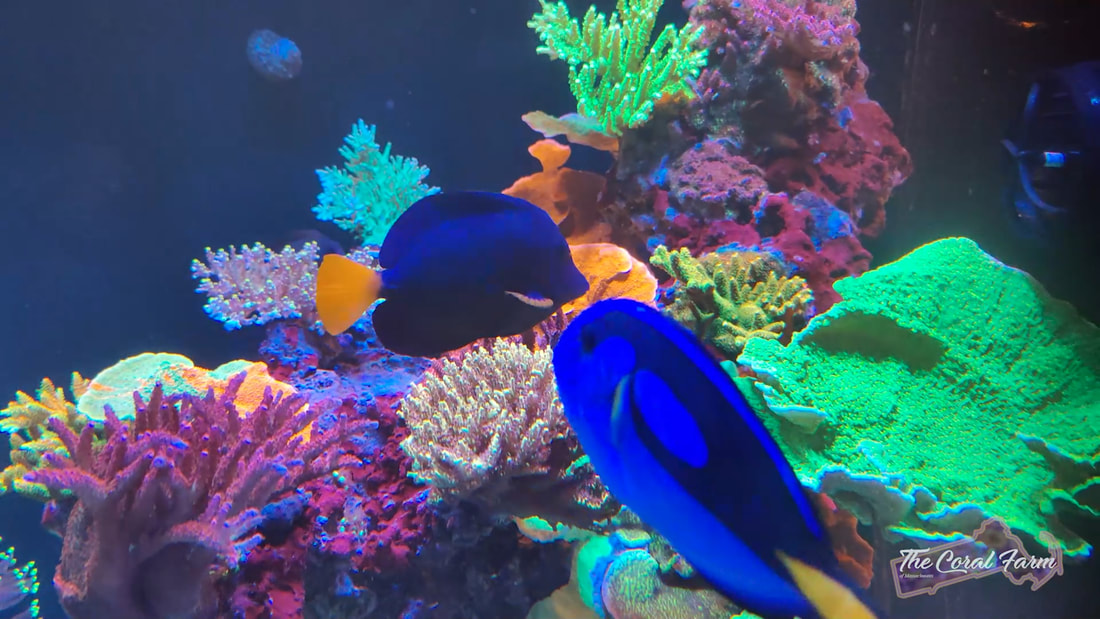
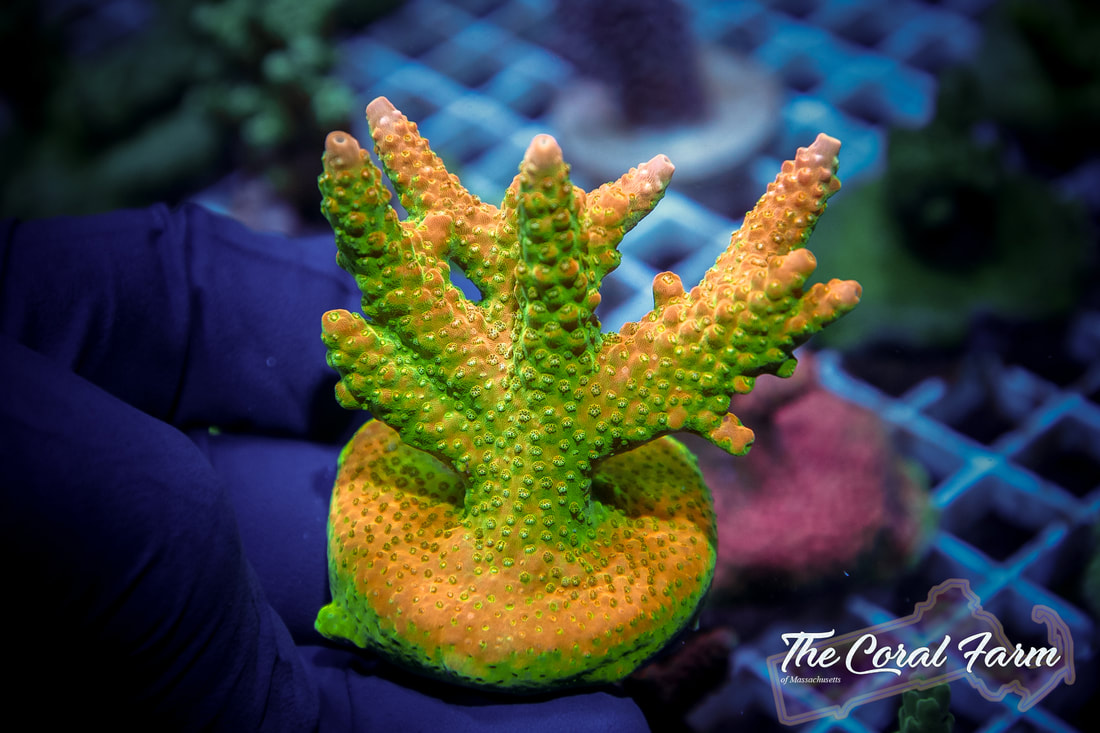
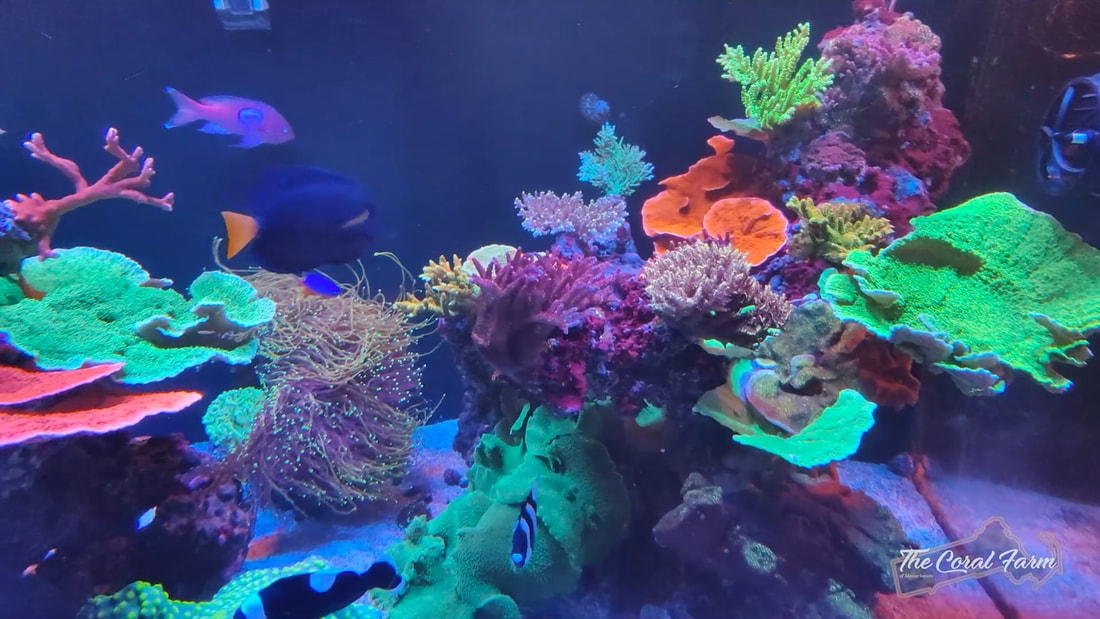
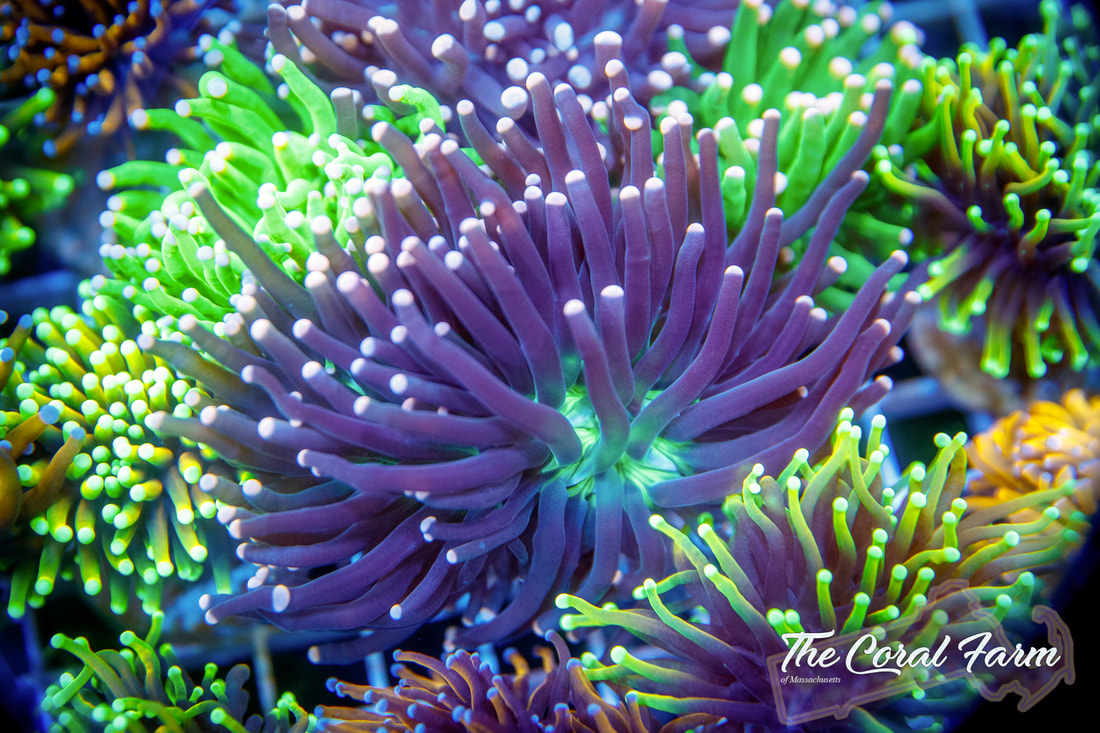


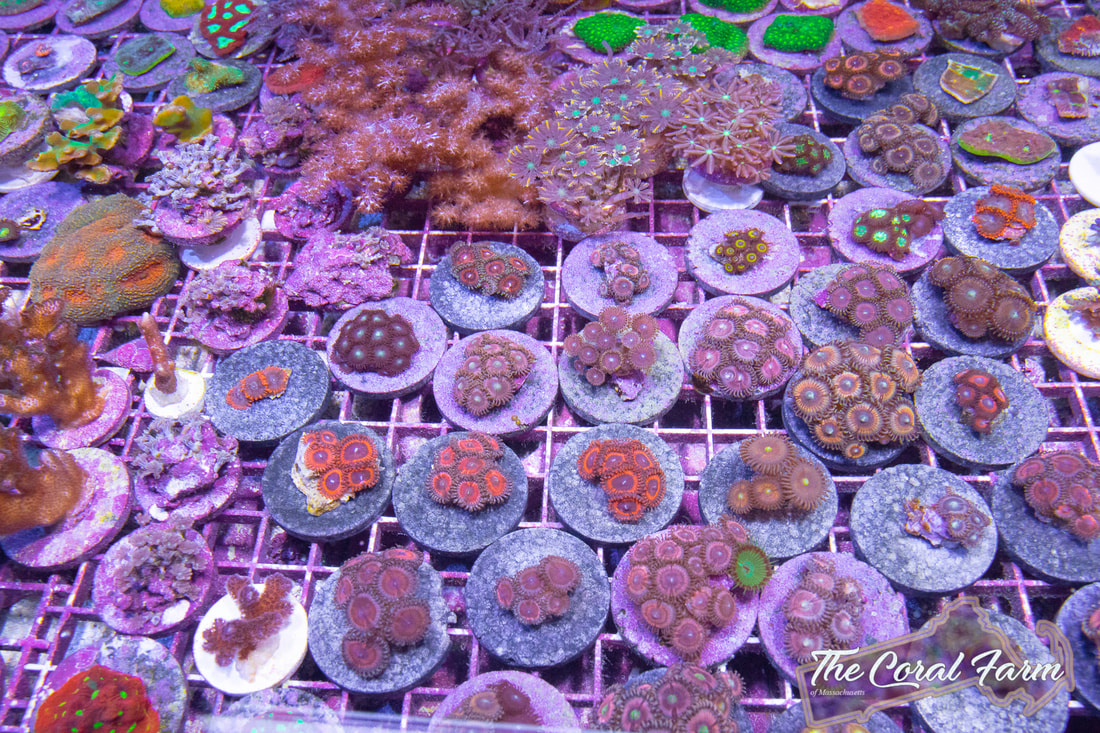
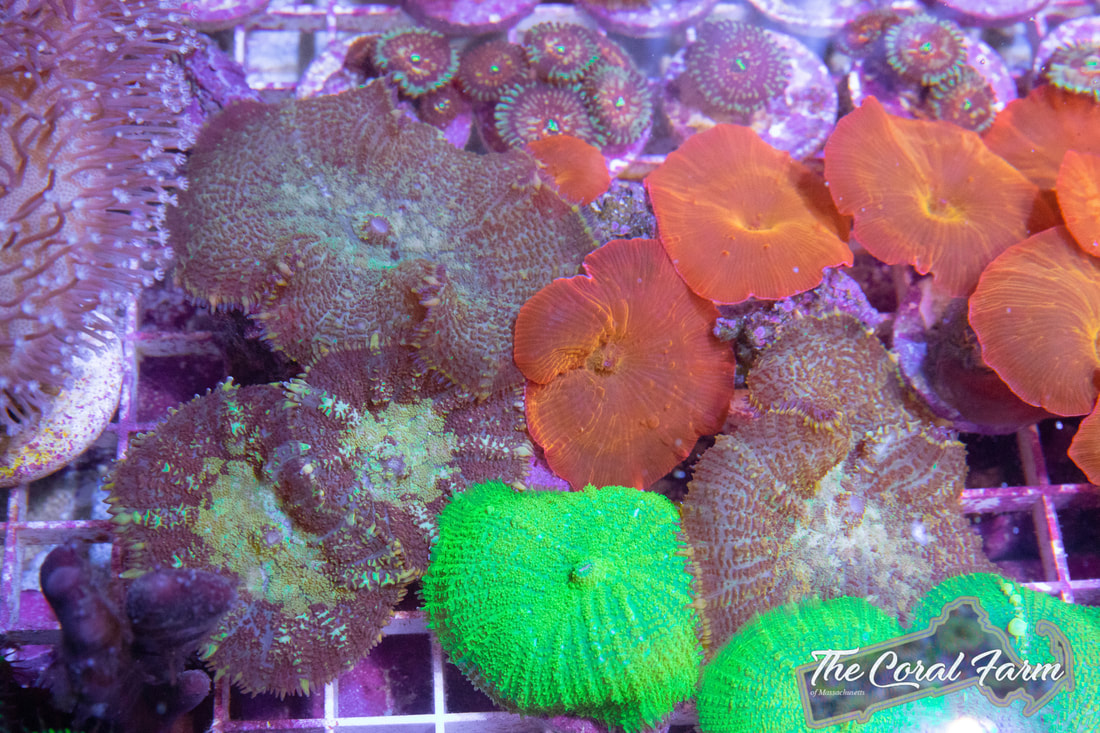
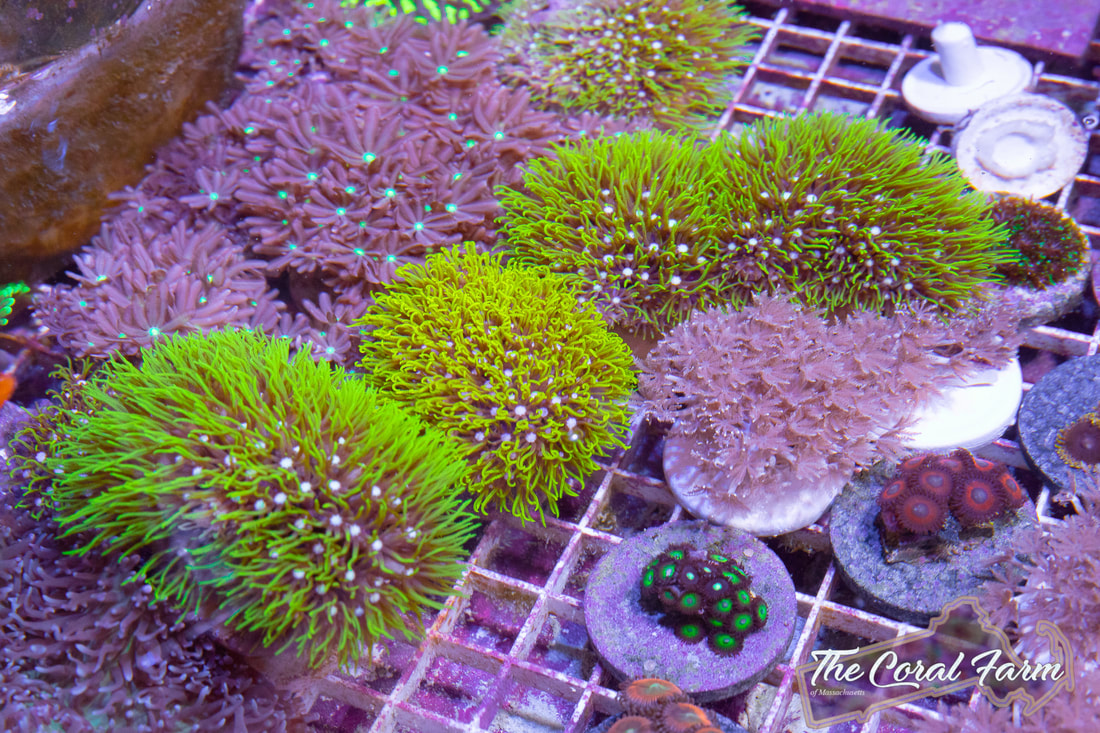
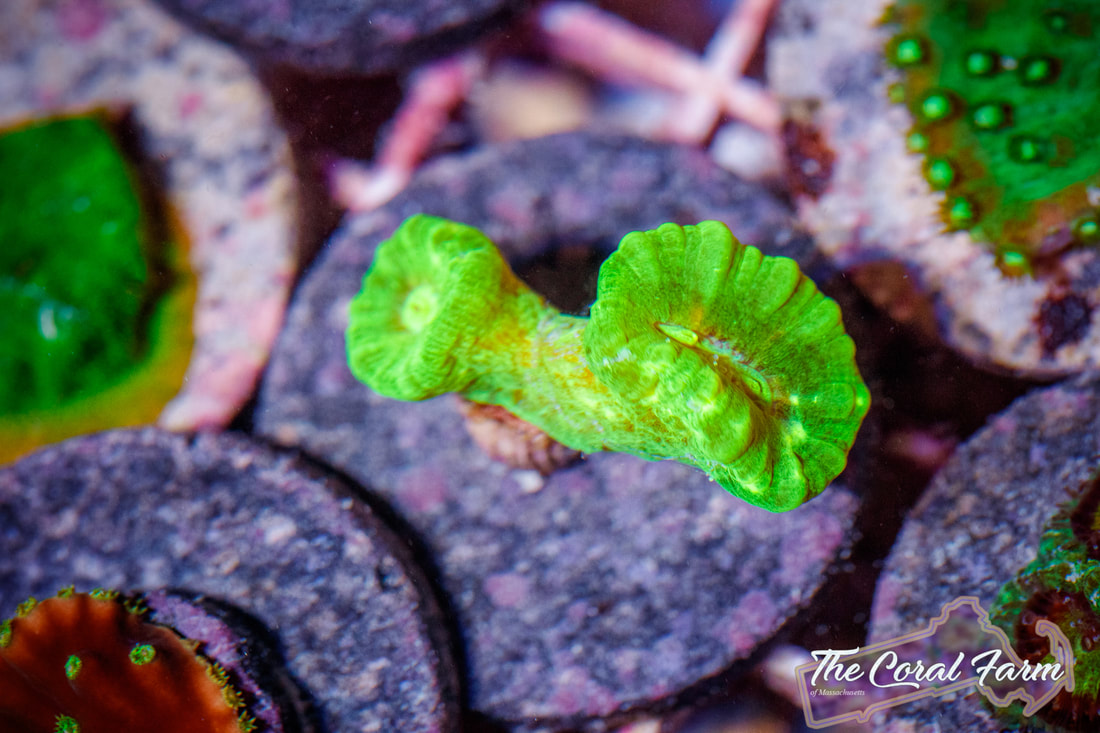
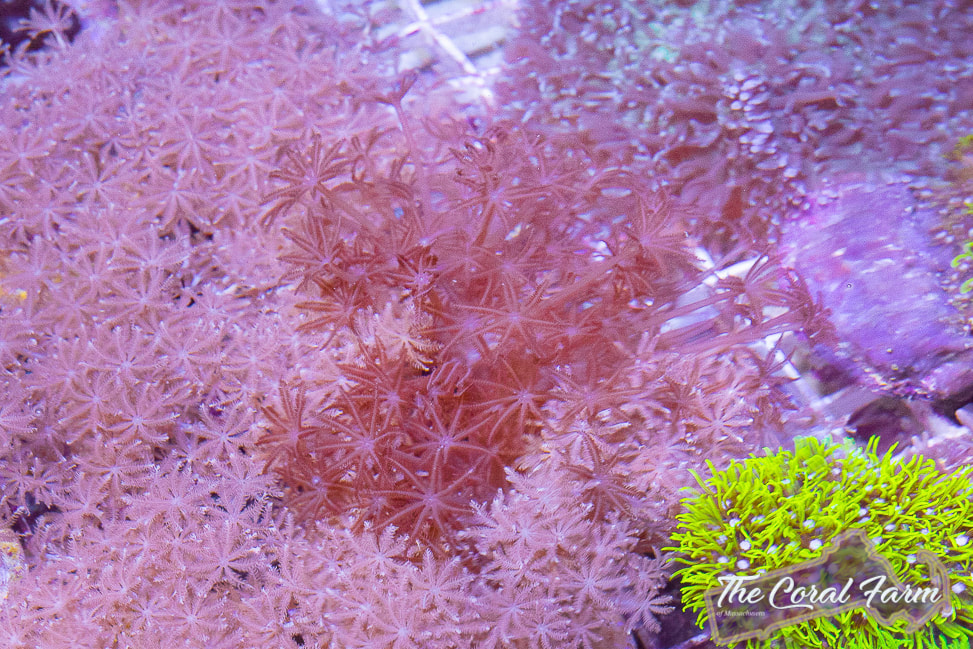
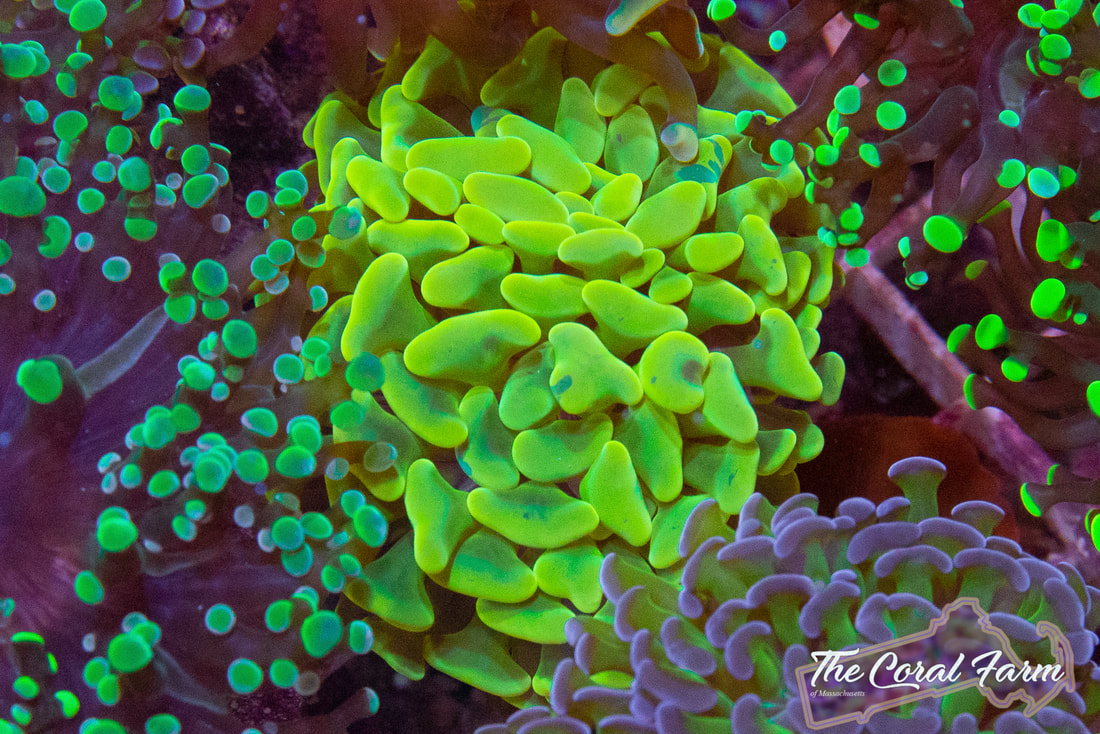
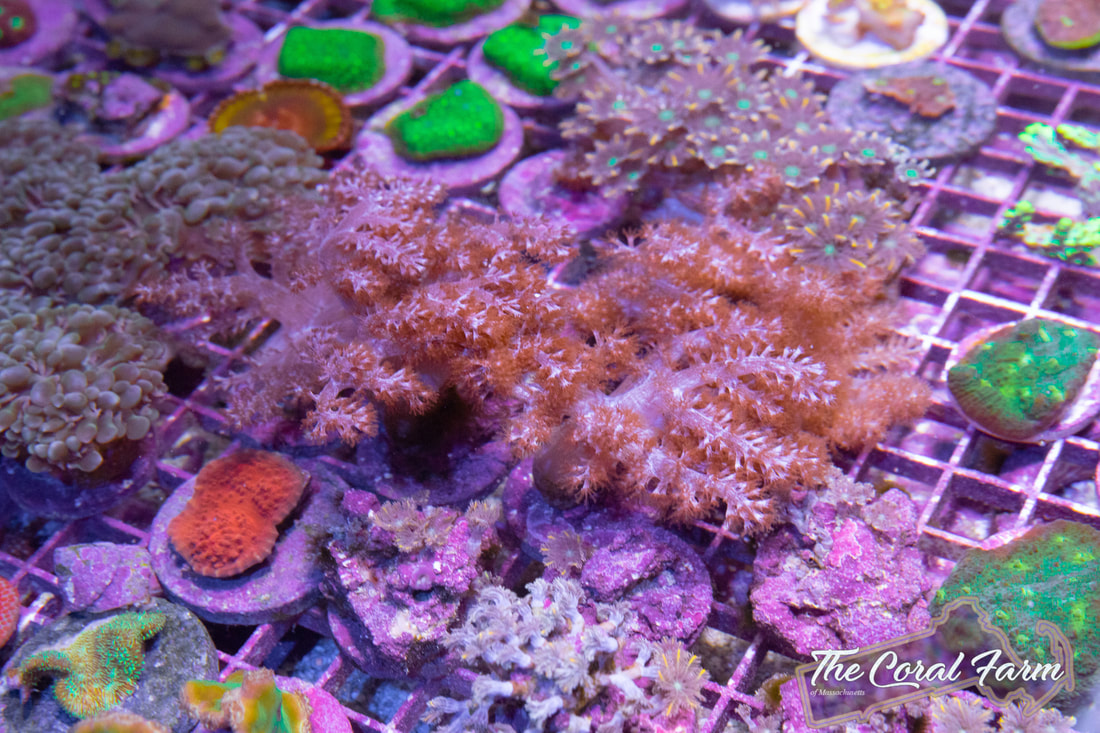
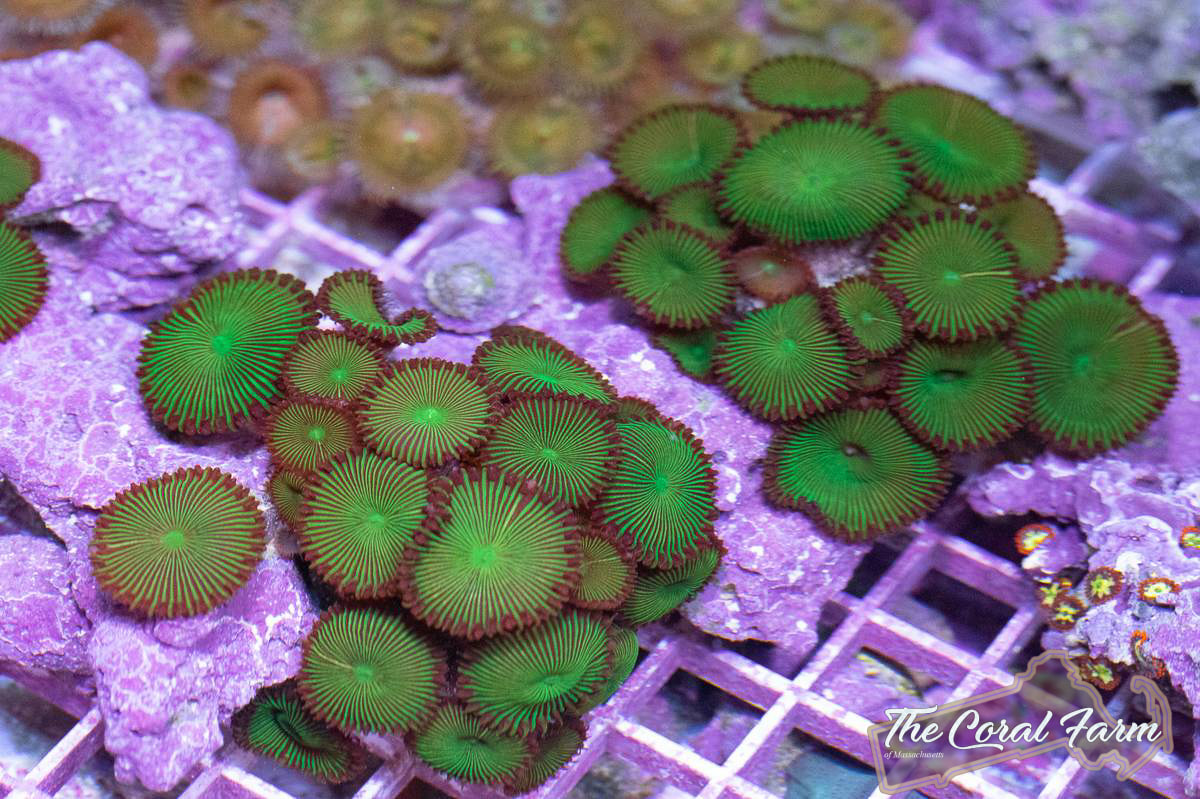
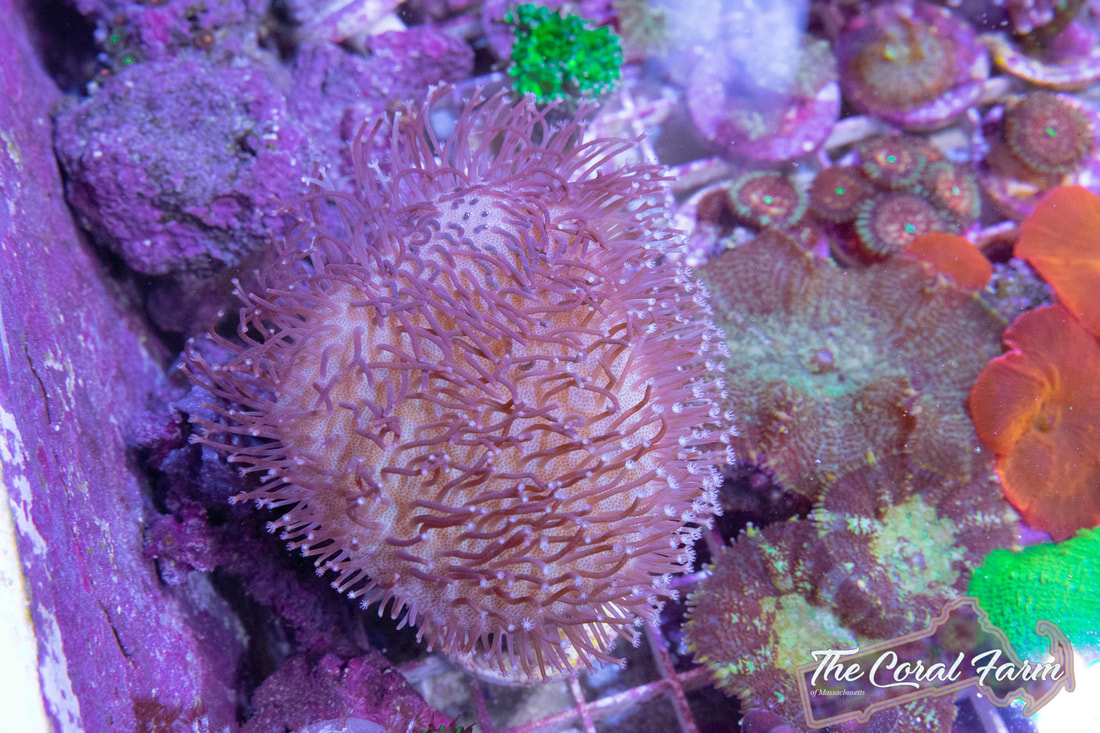
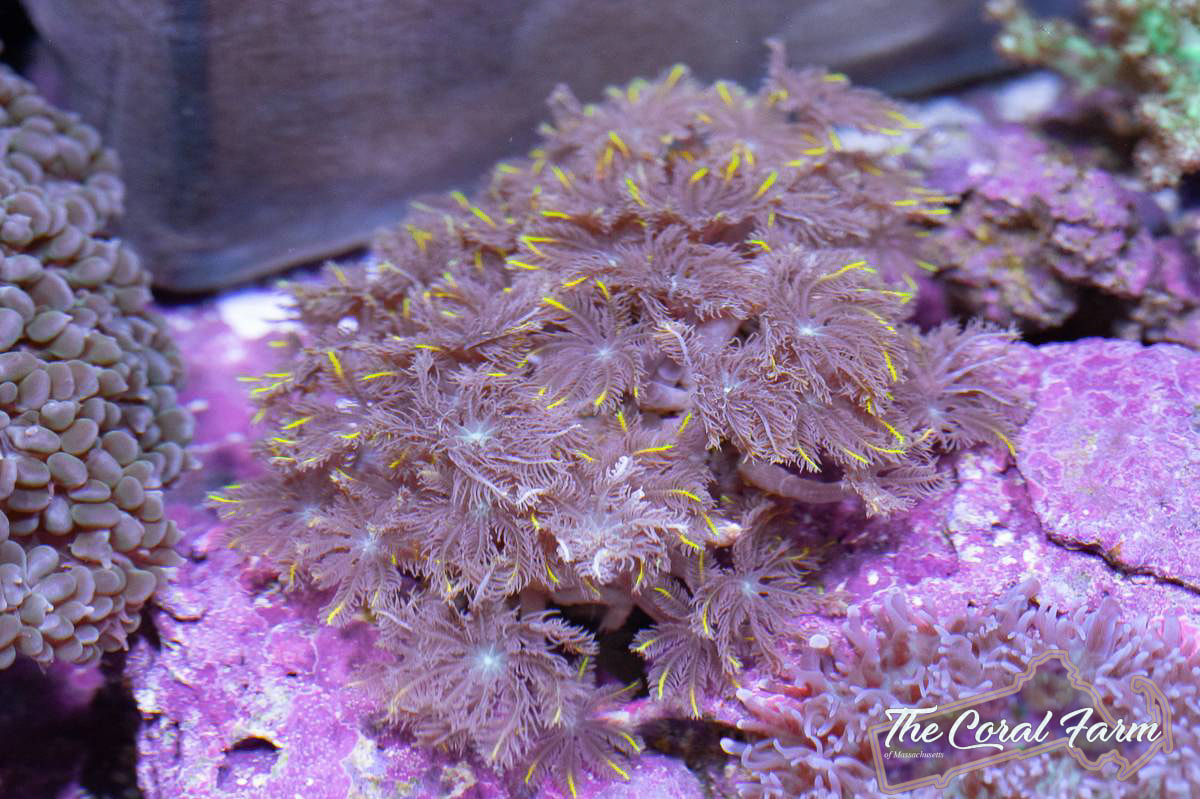

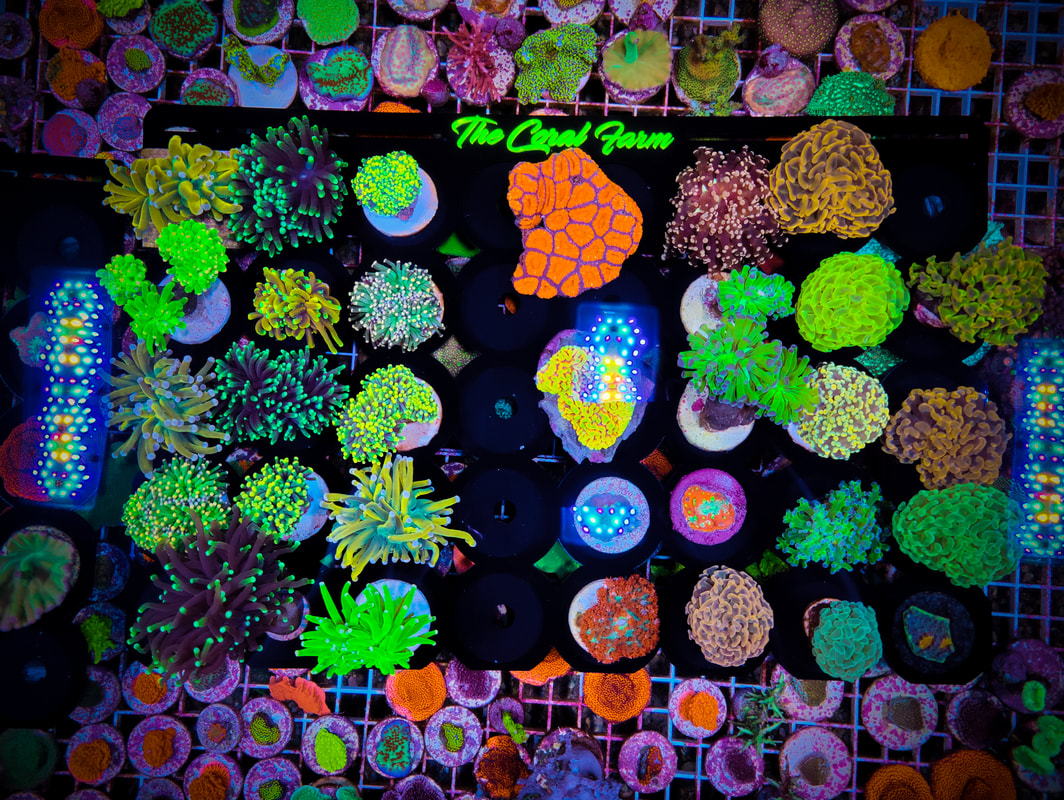
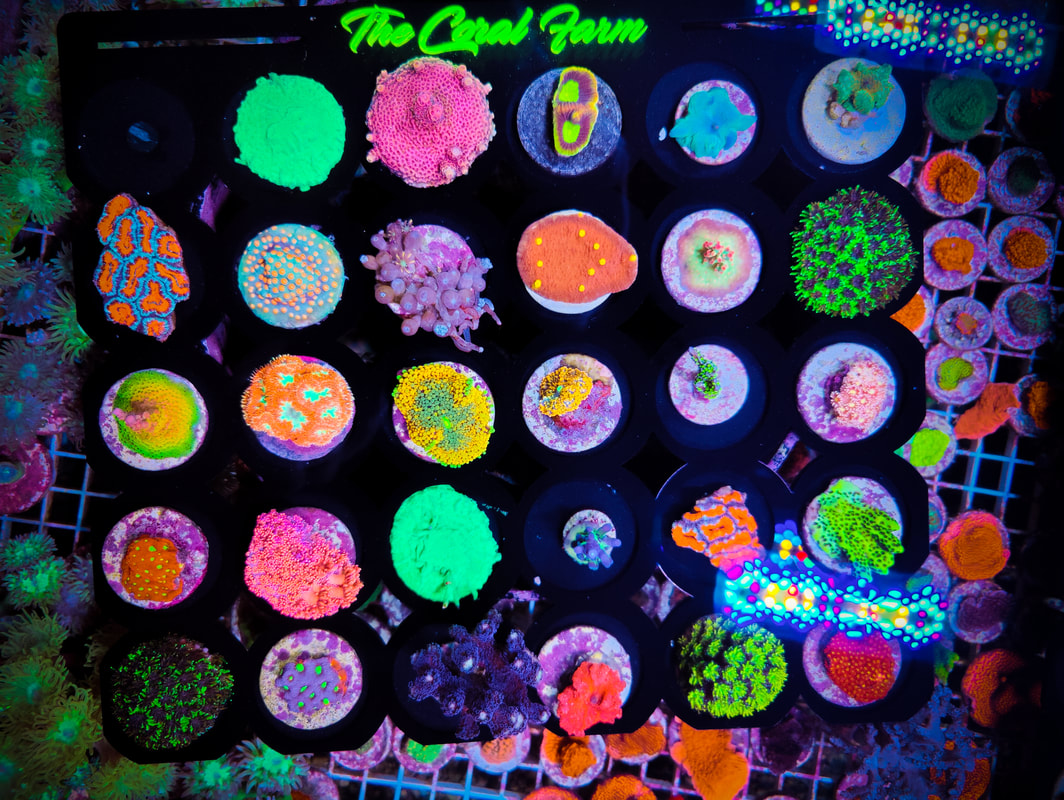
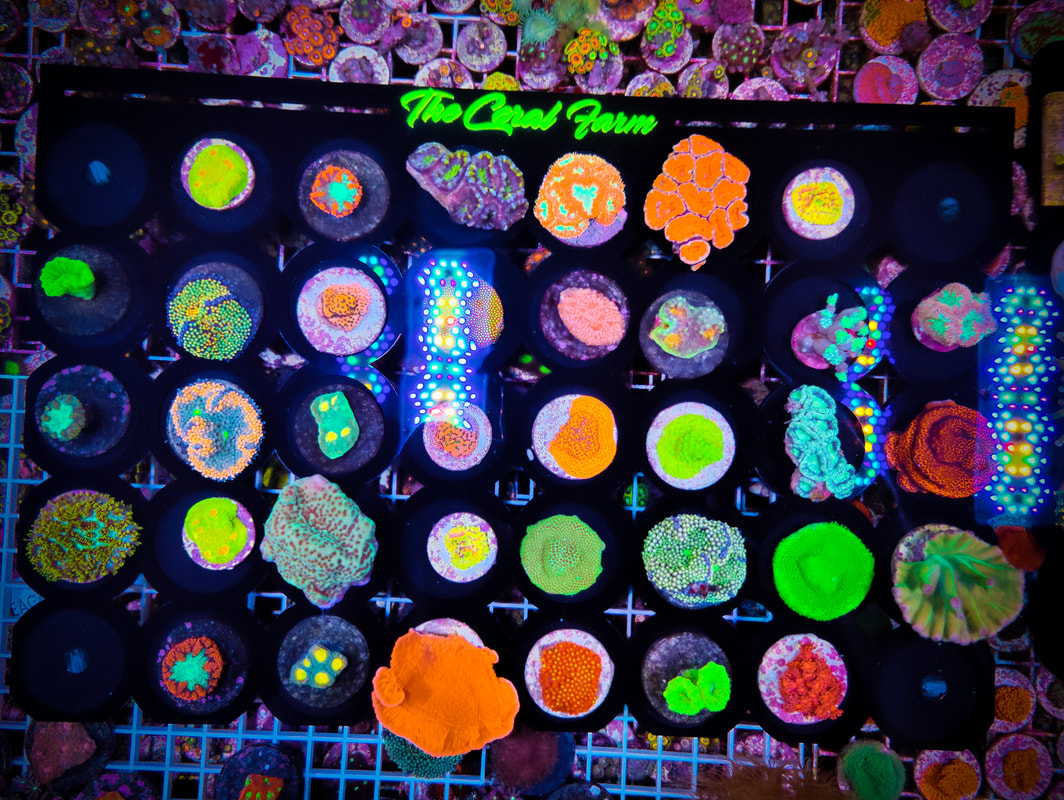
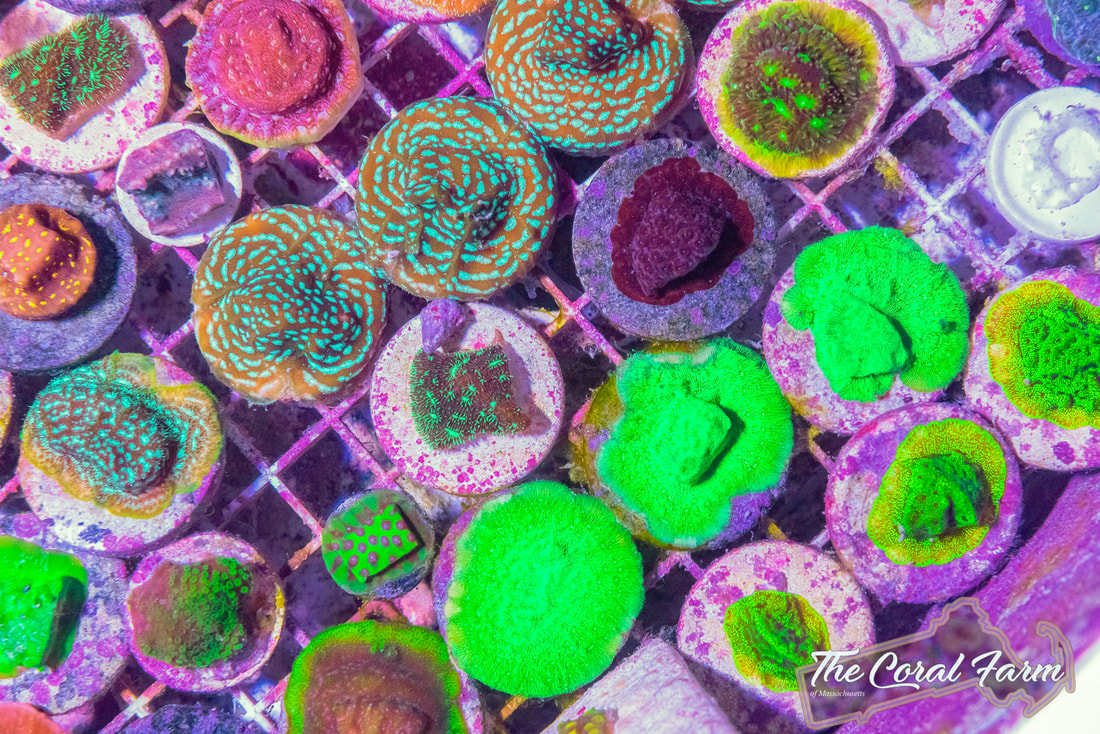
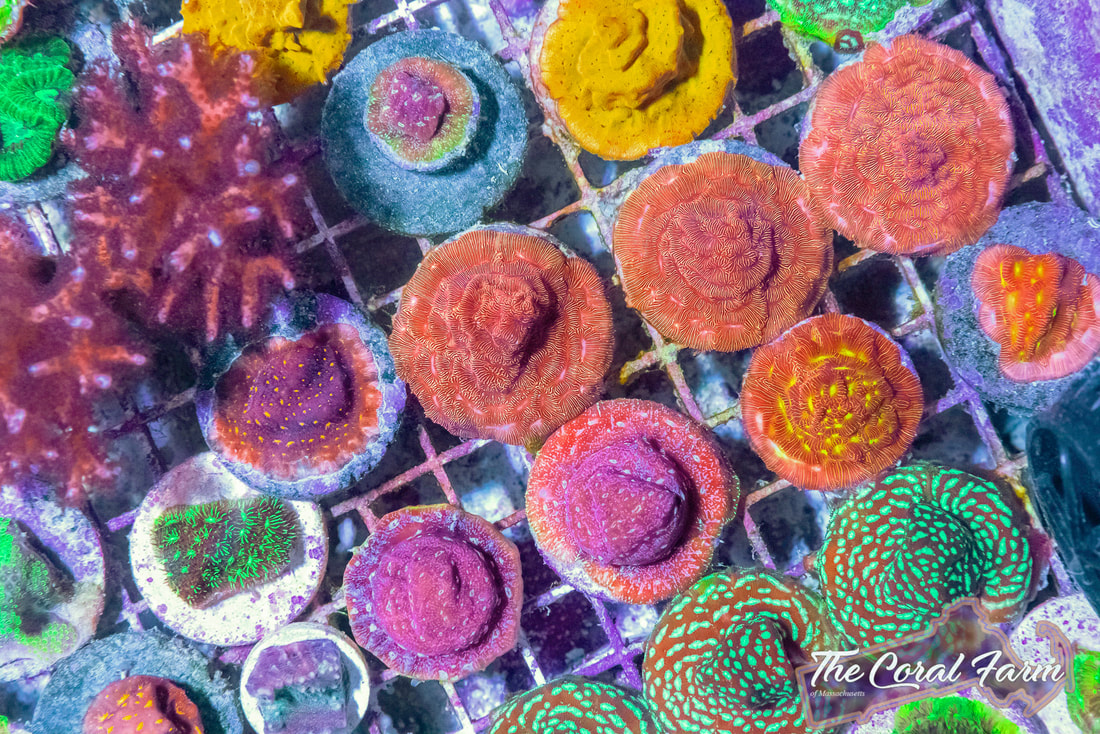


 RSS Feed
RSS Feed
